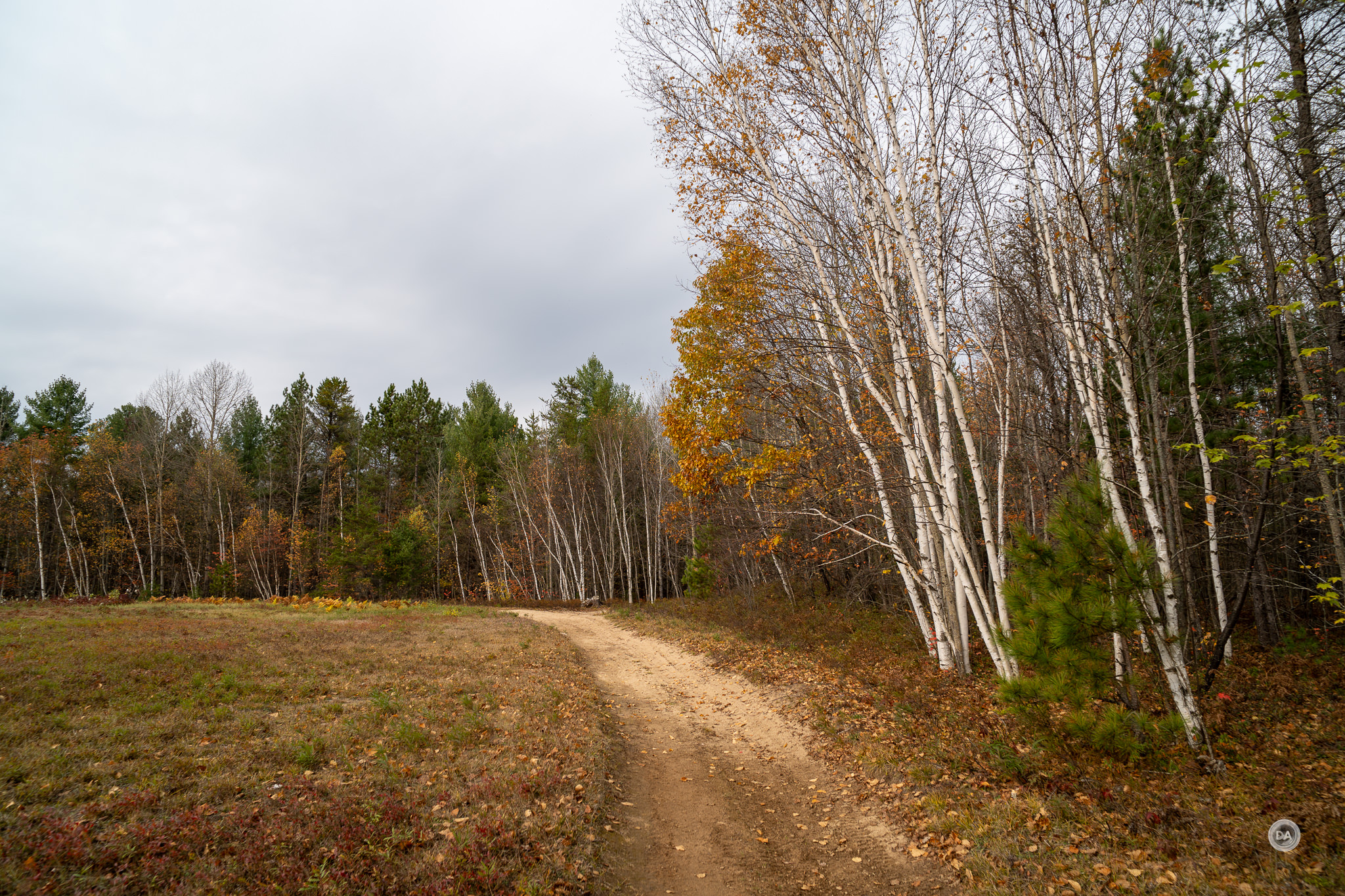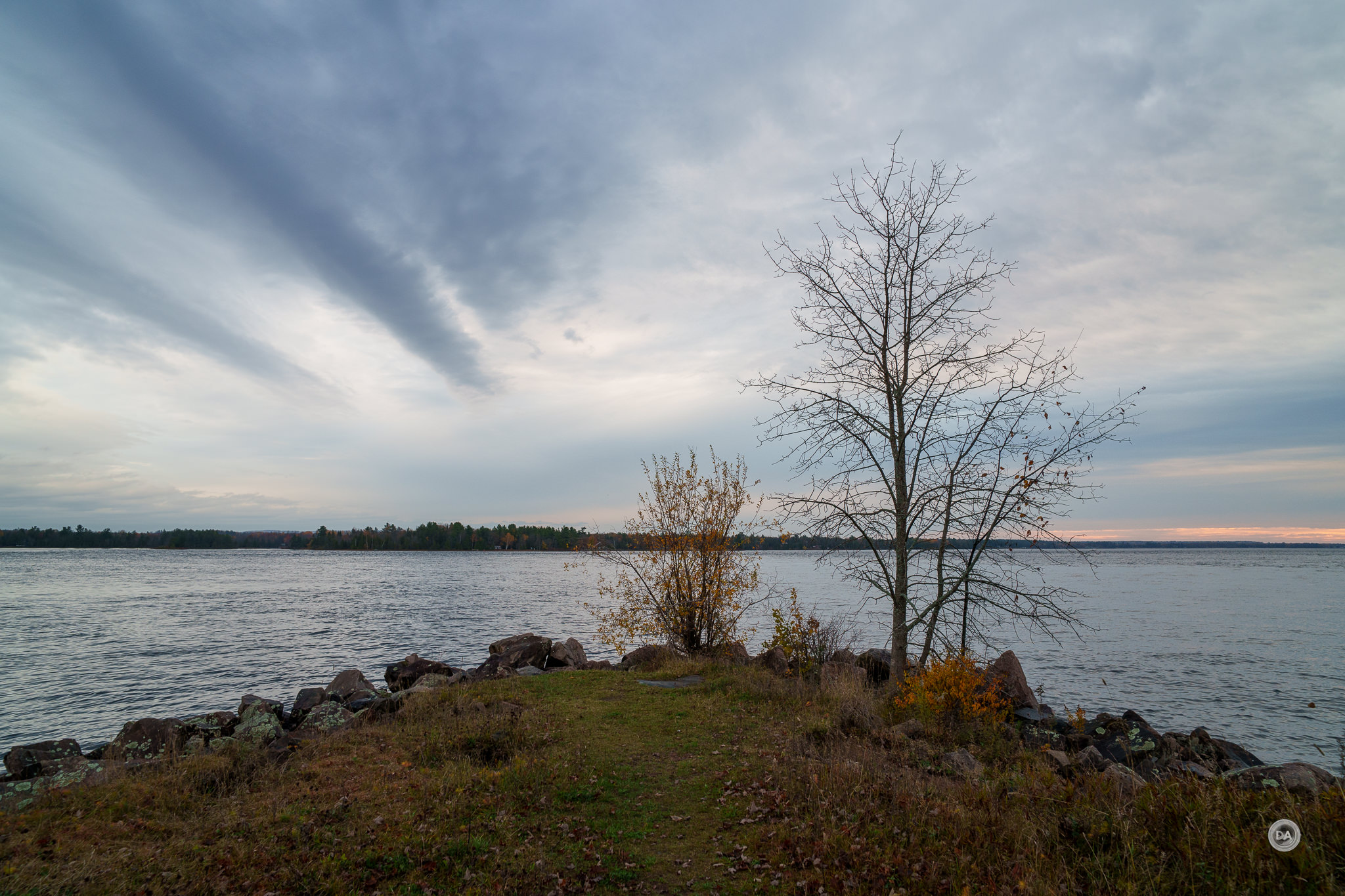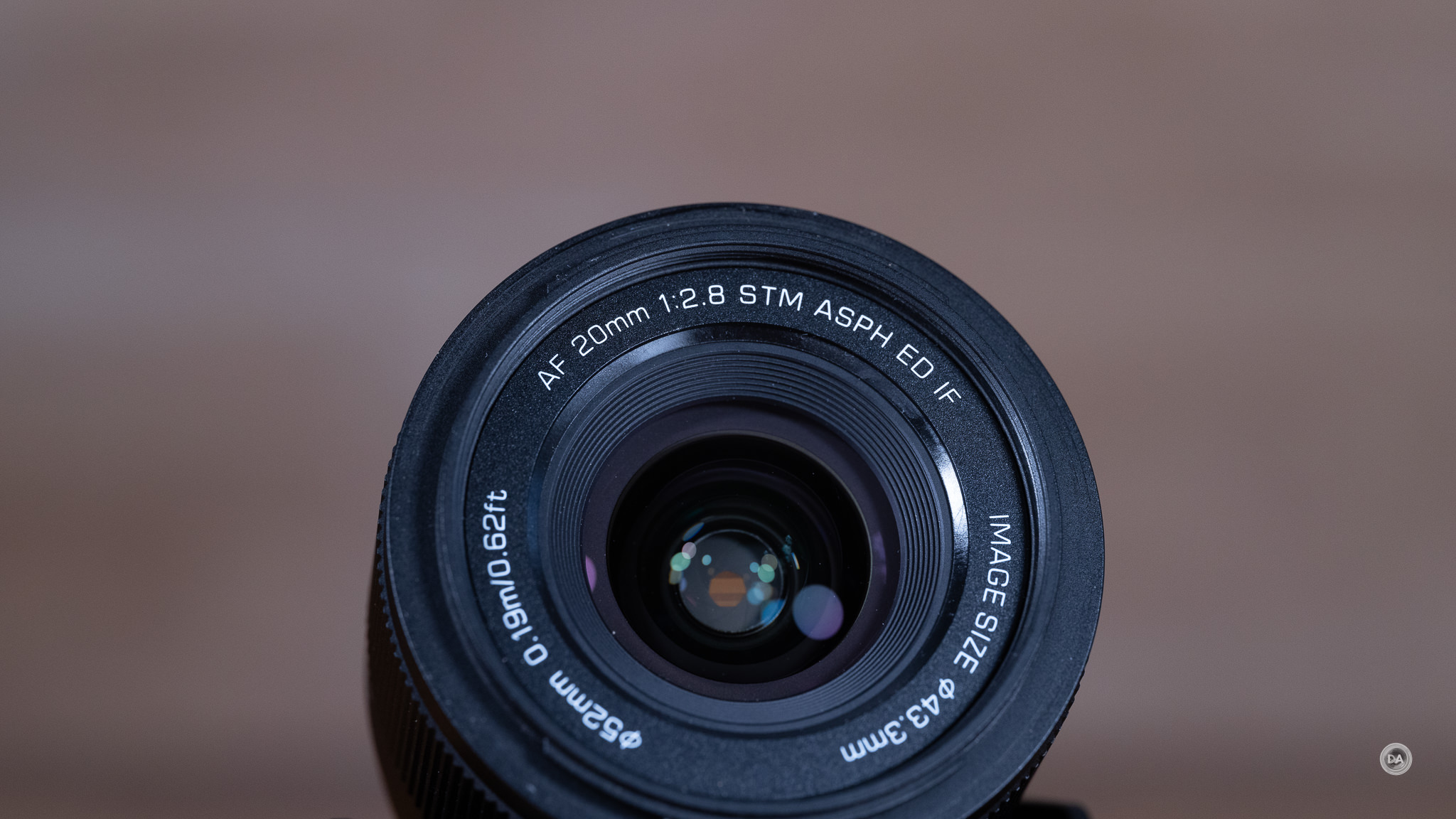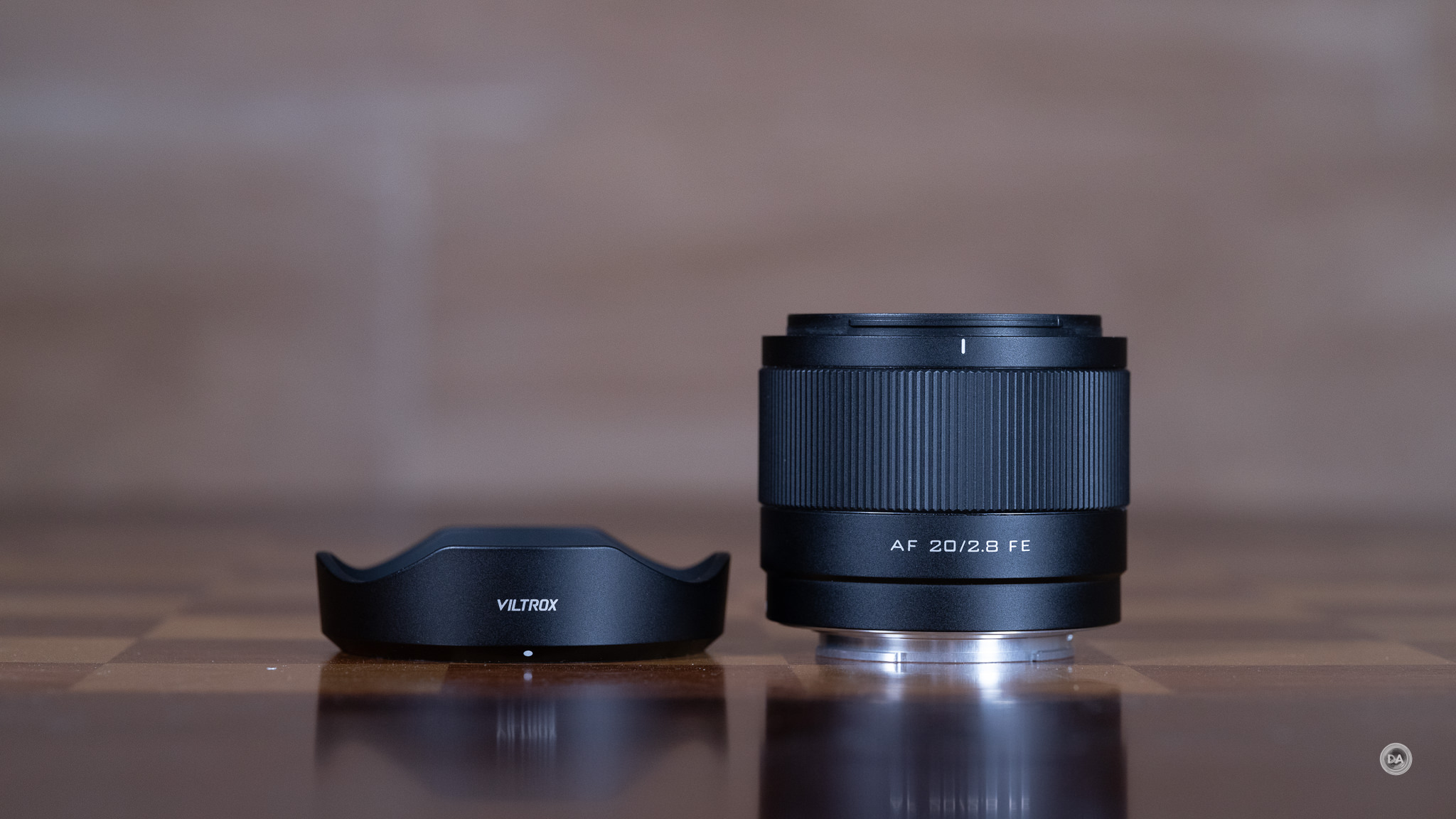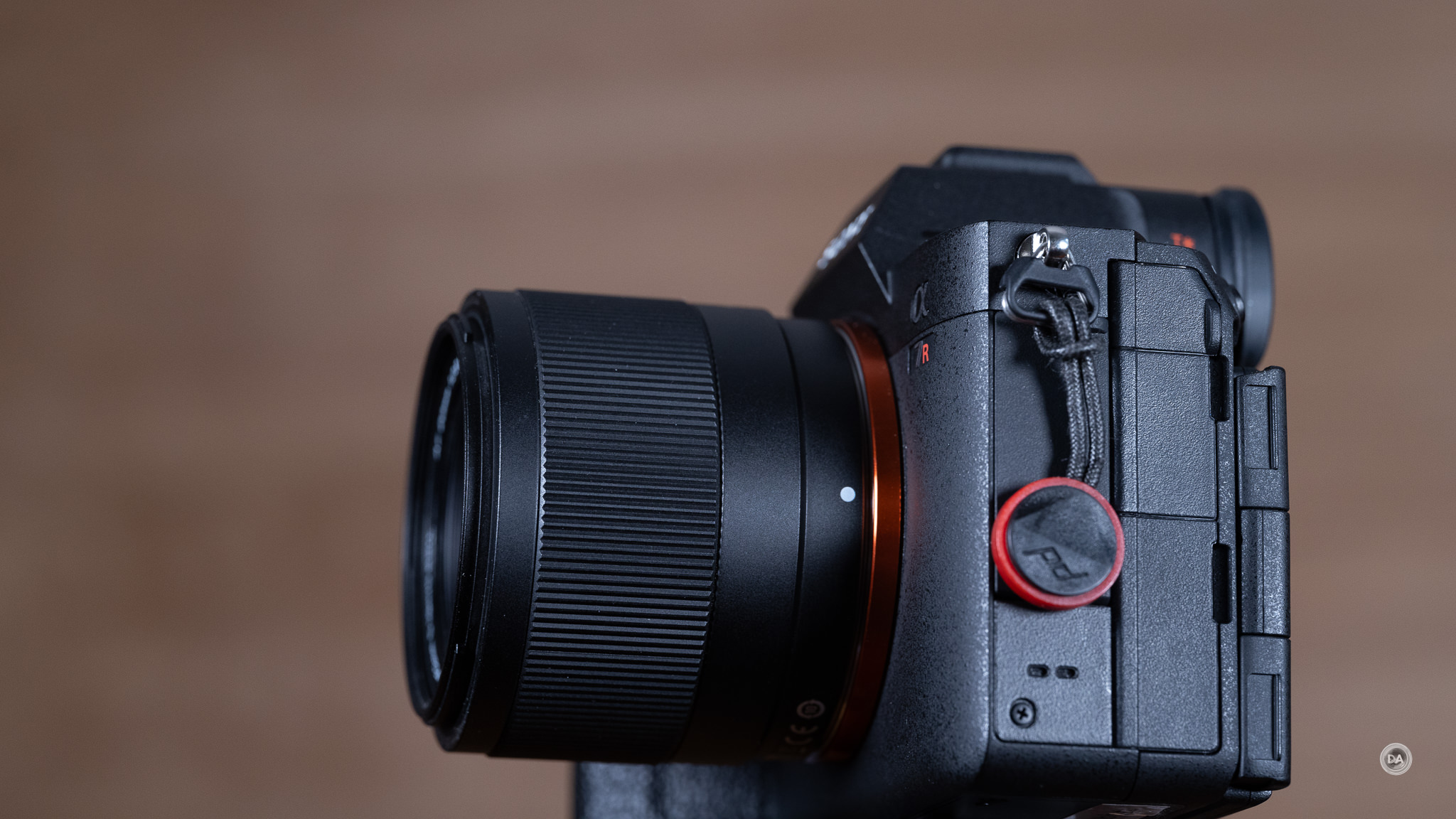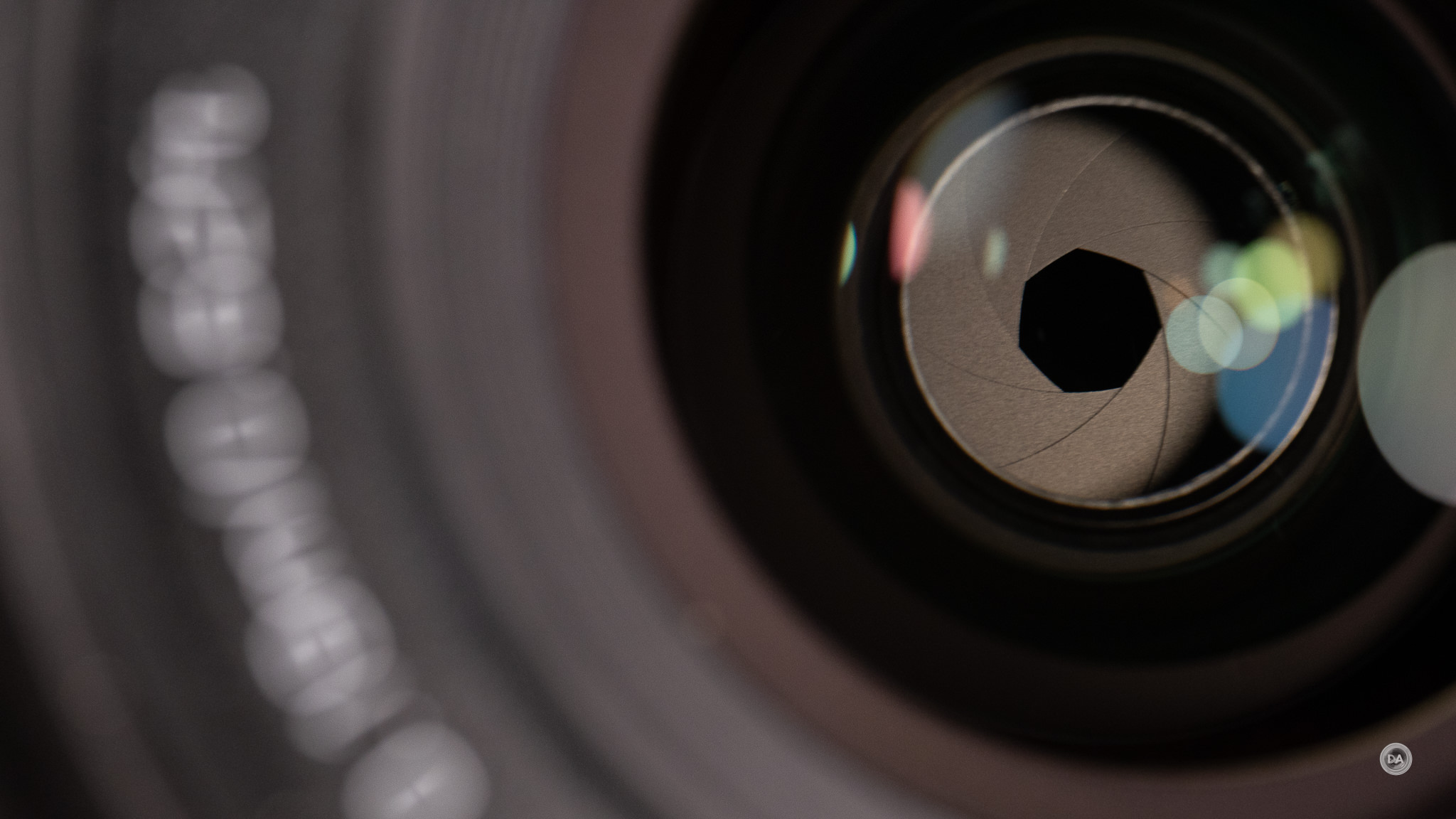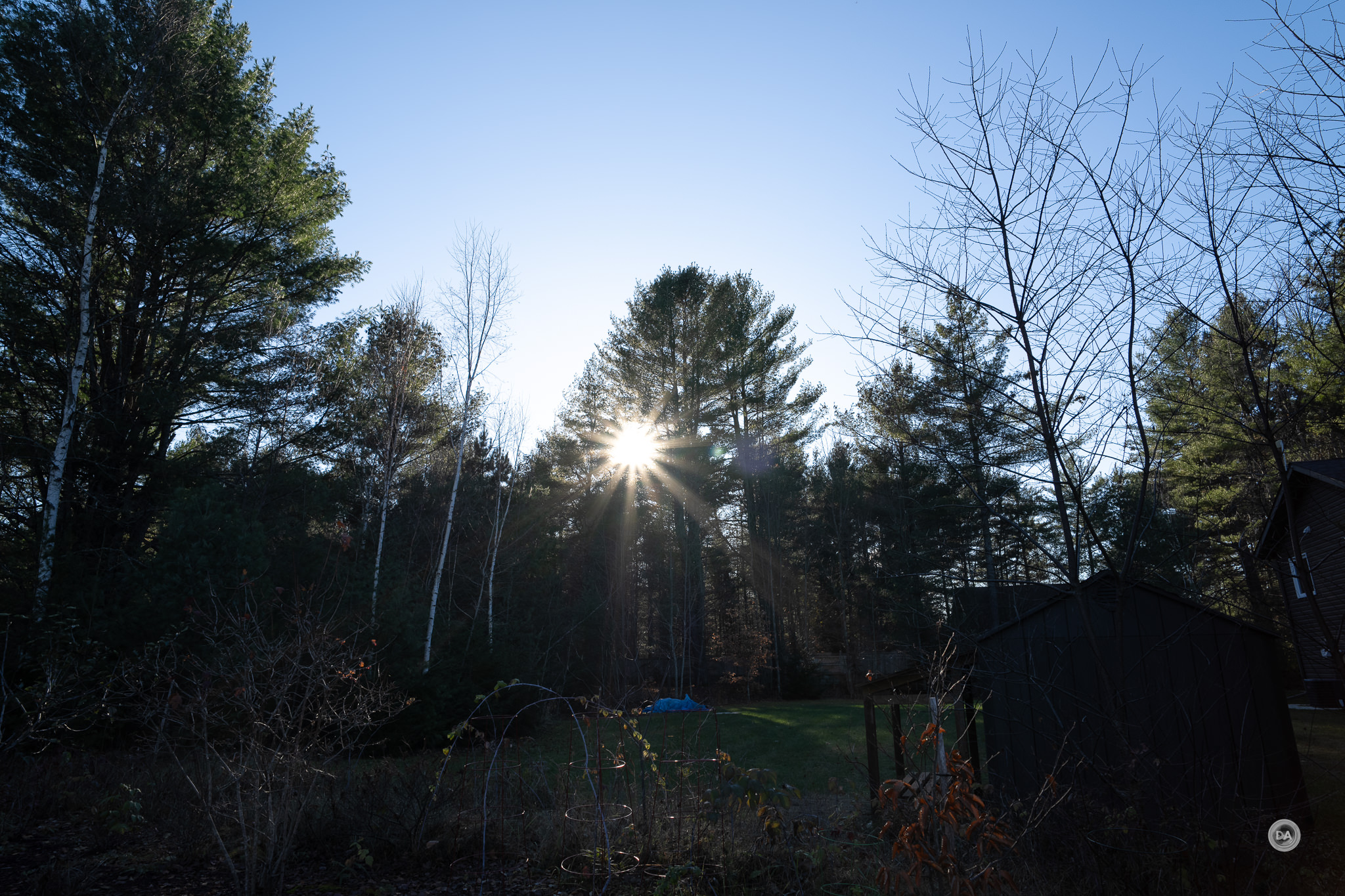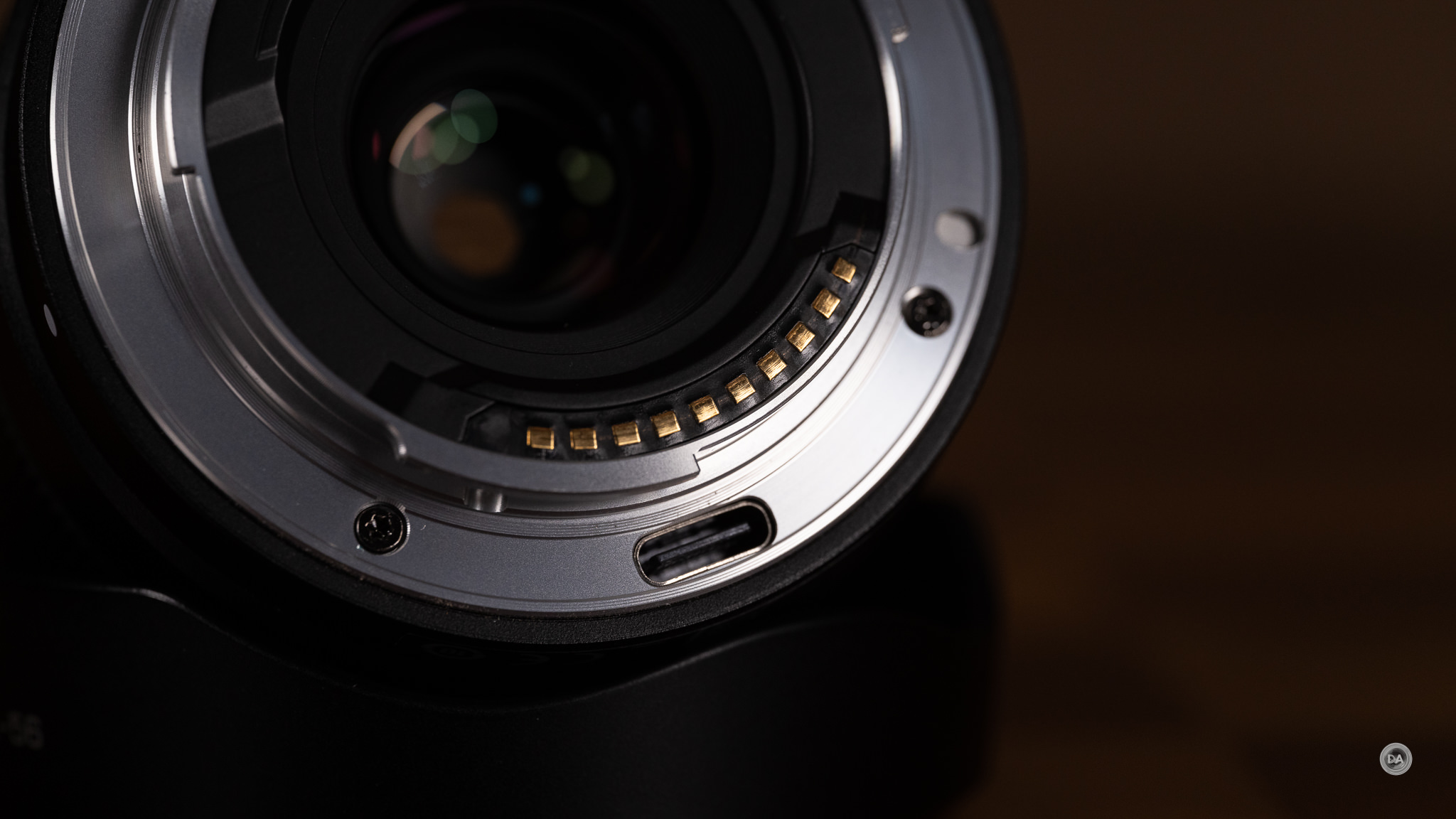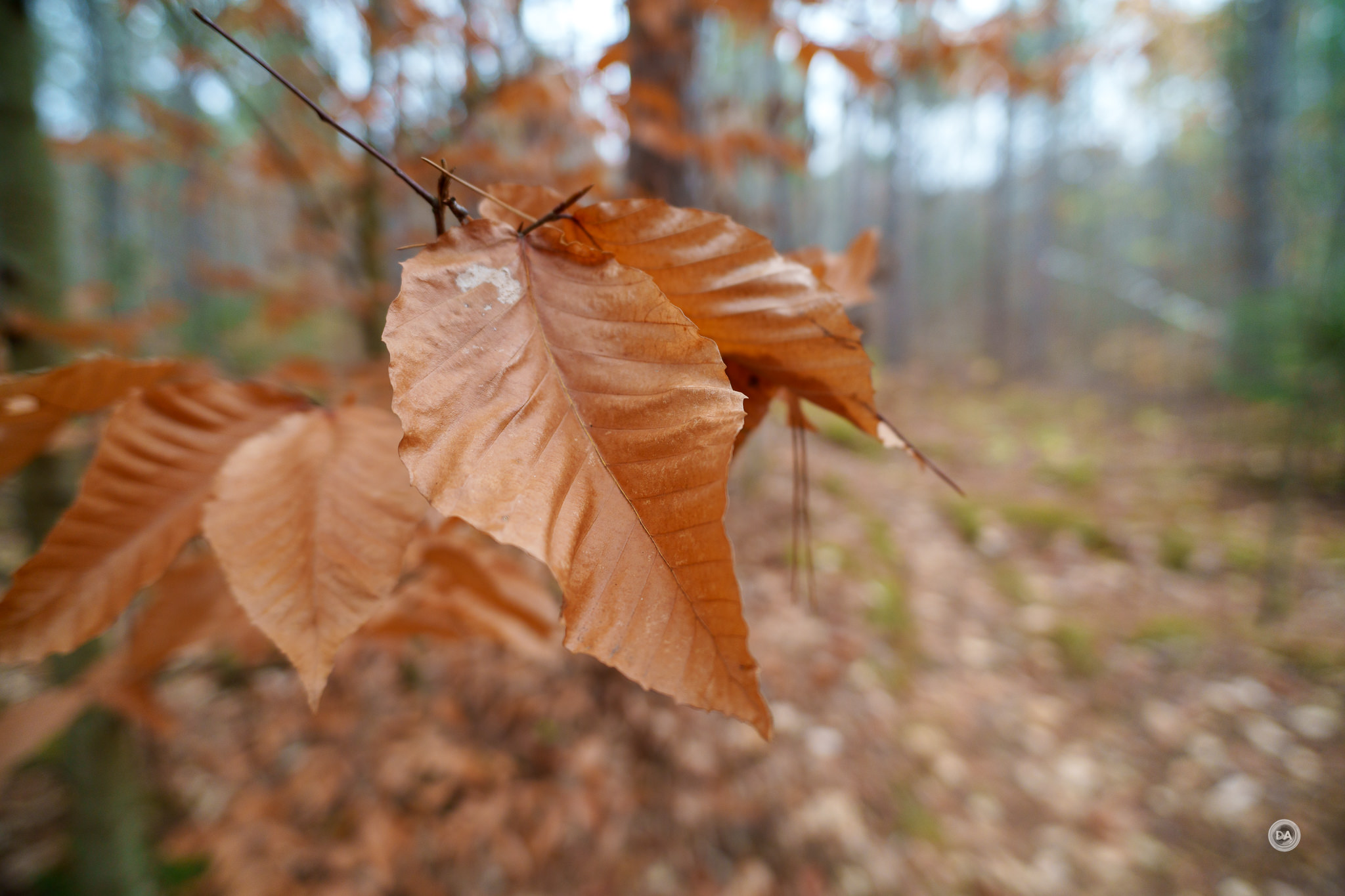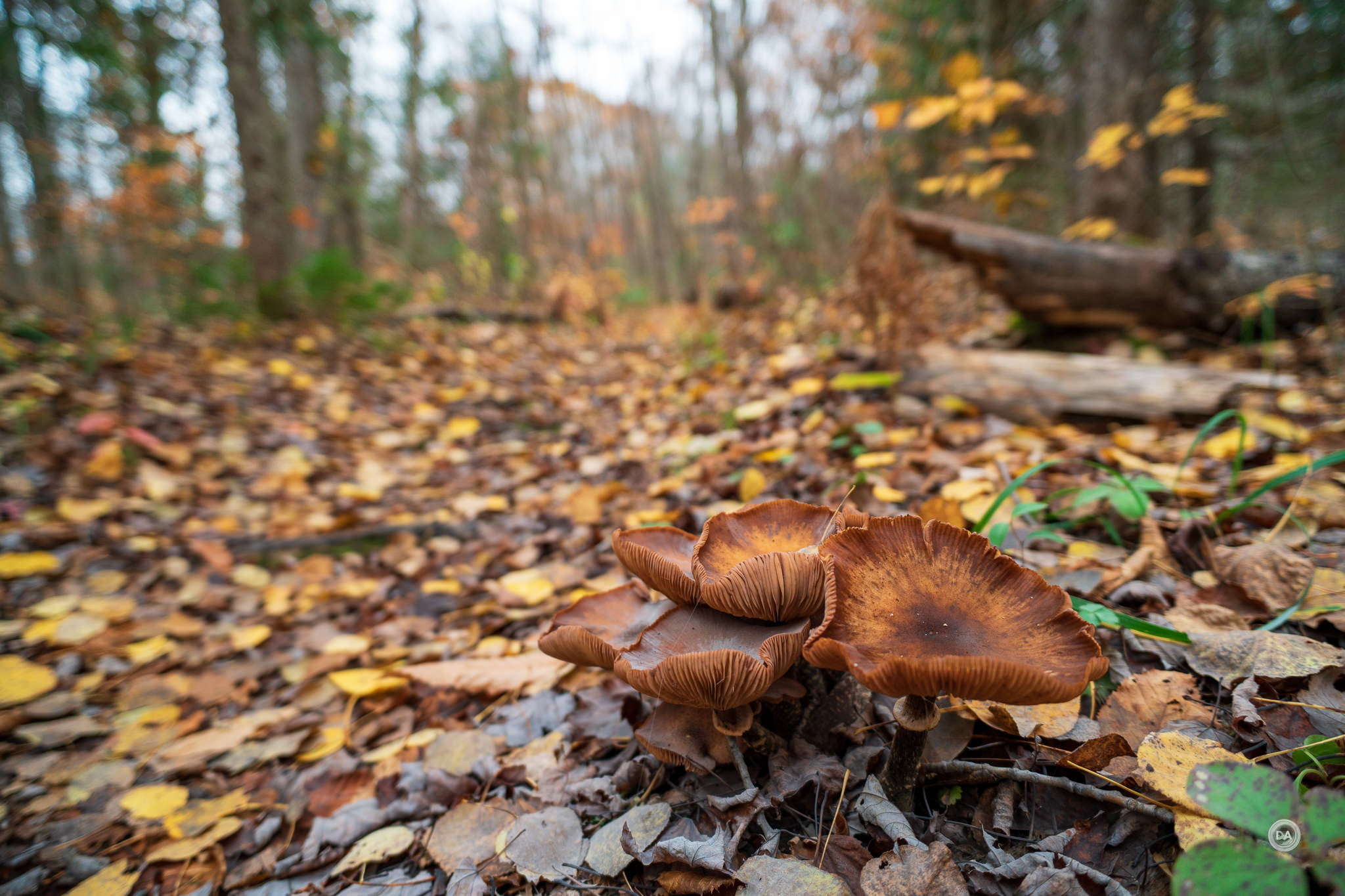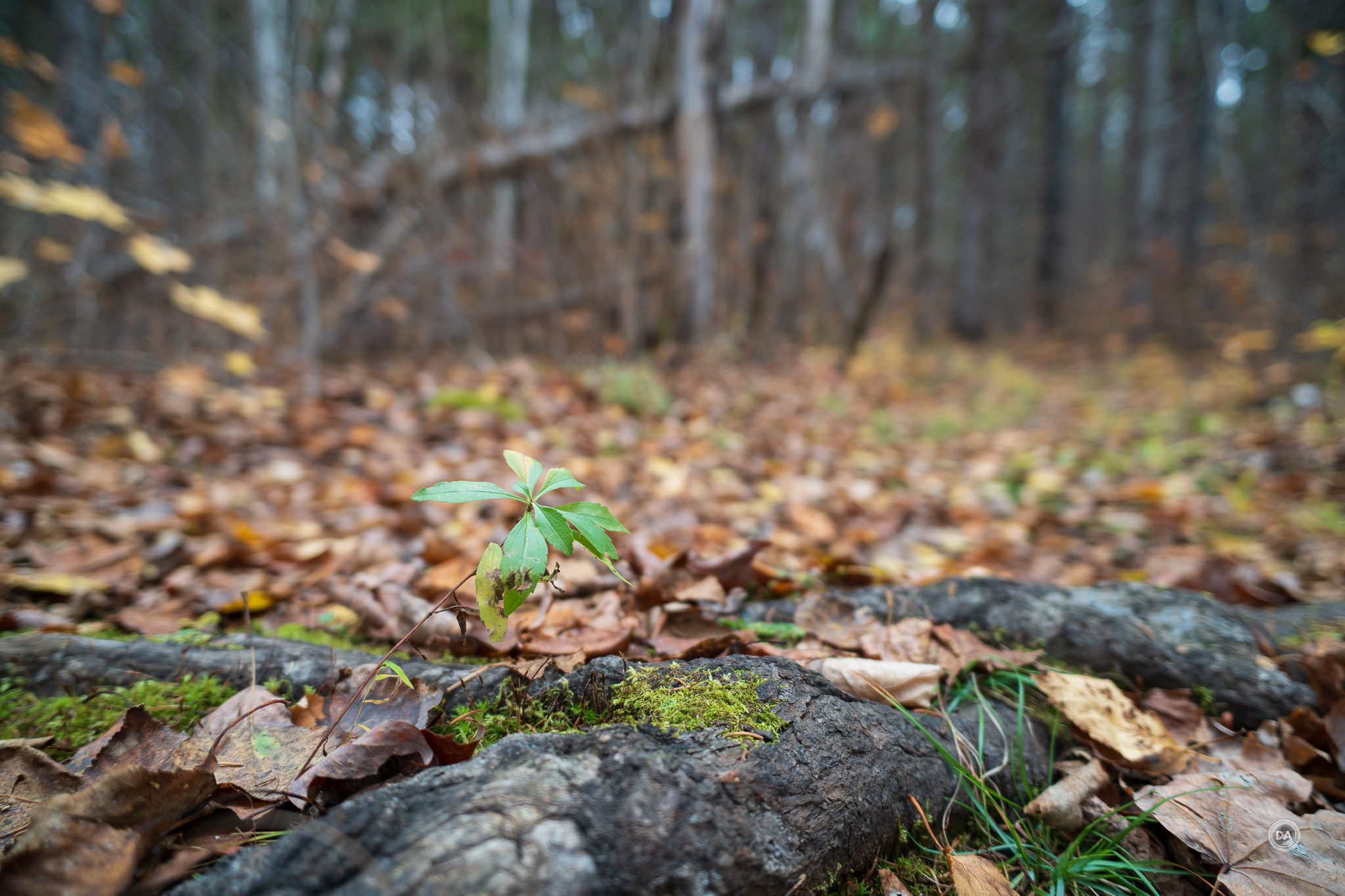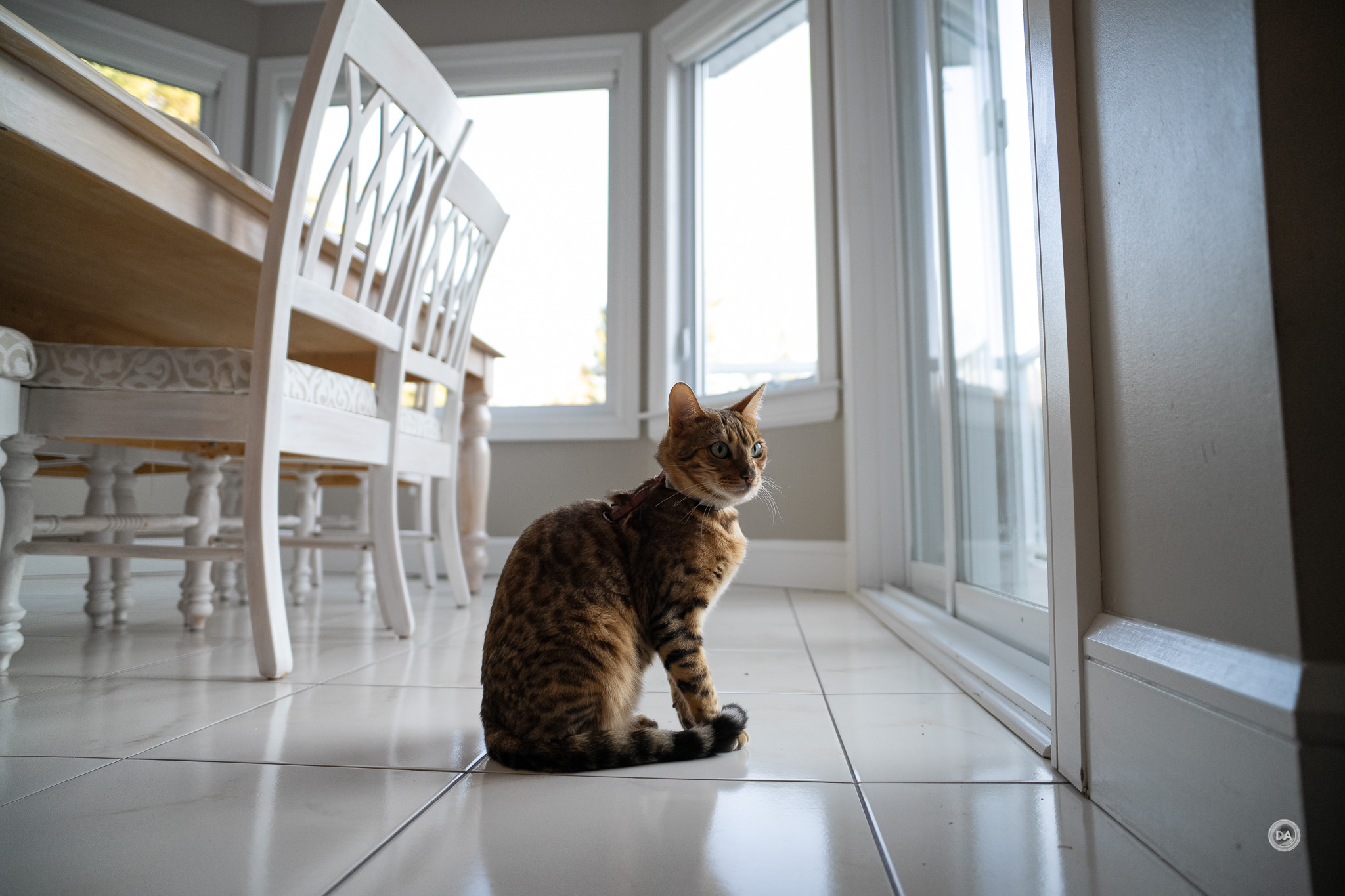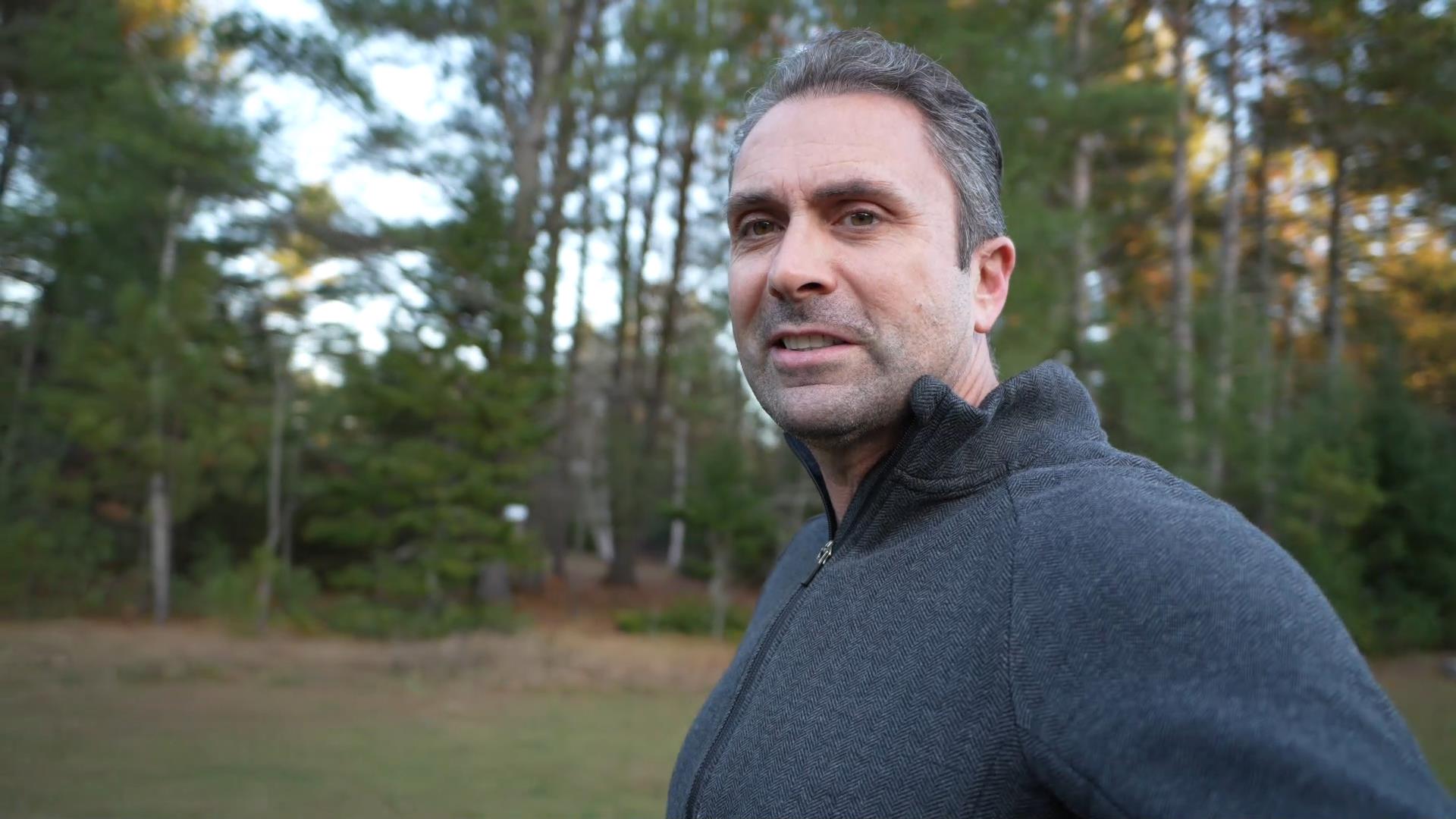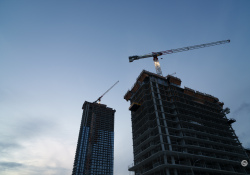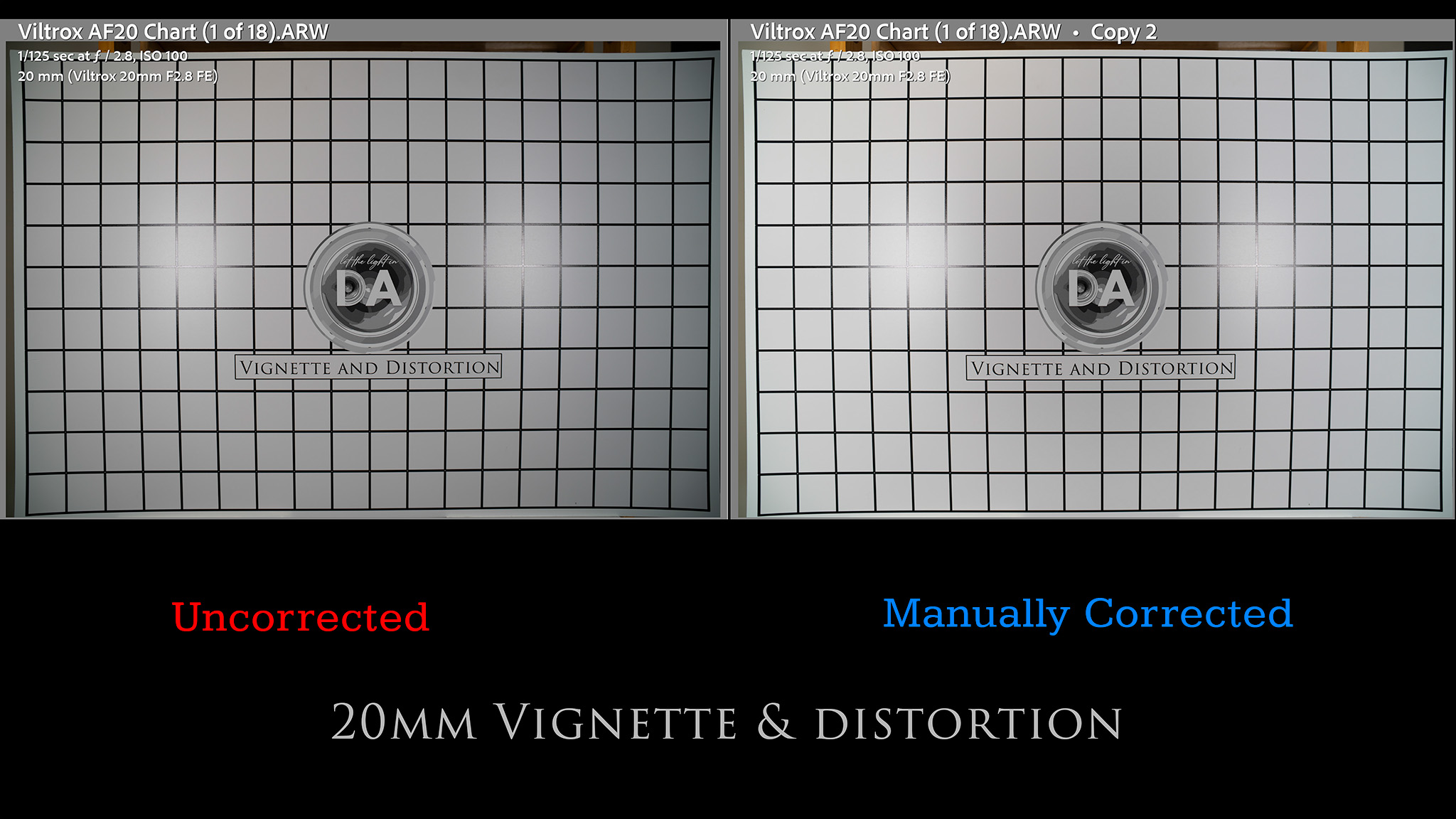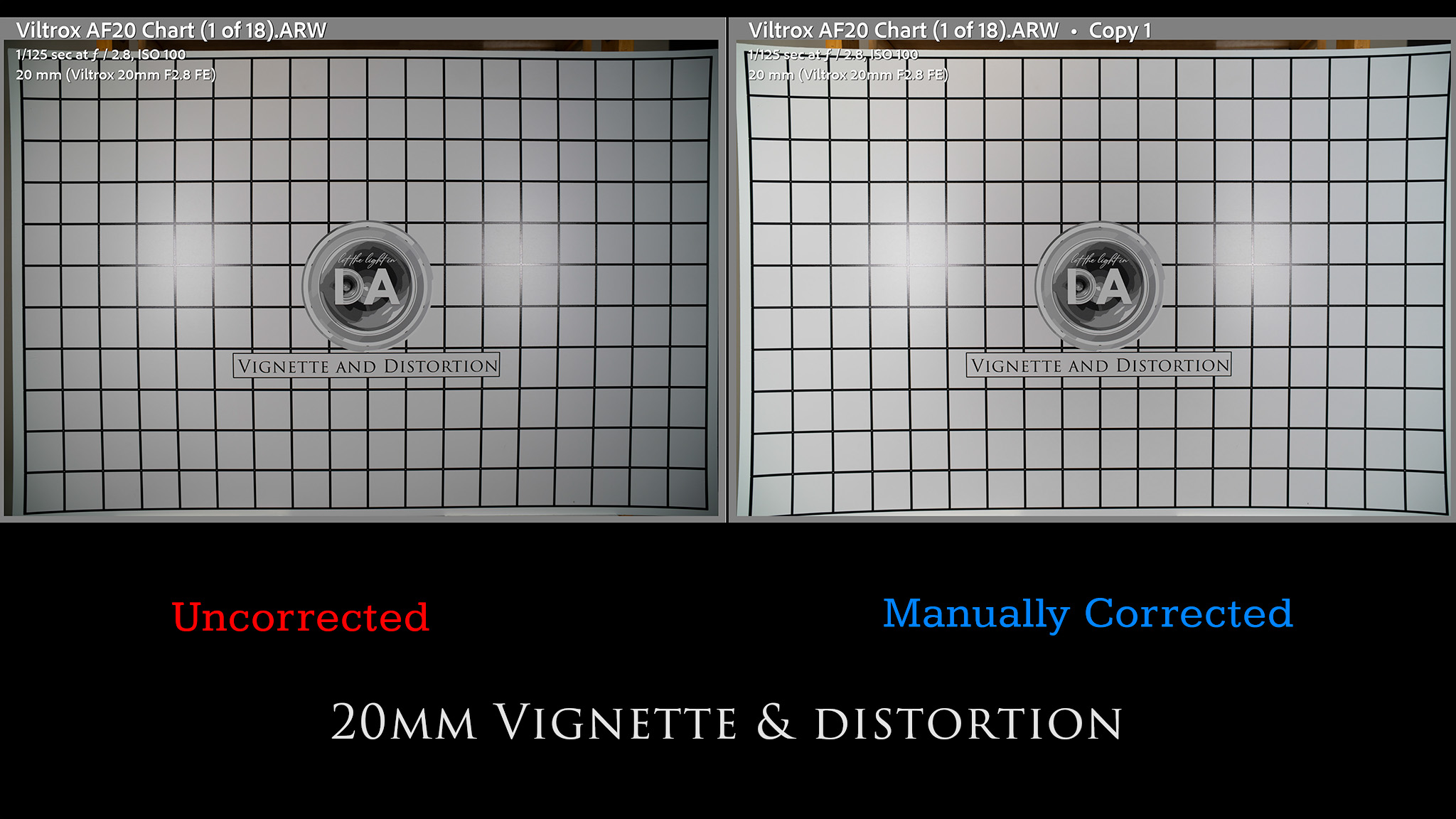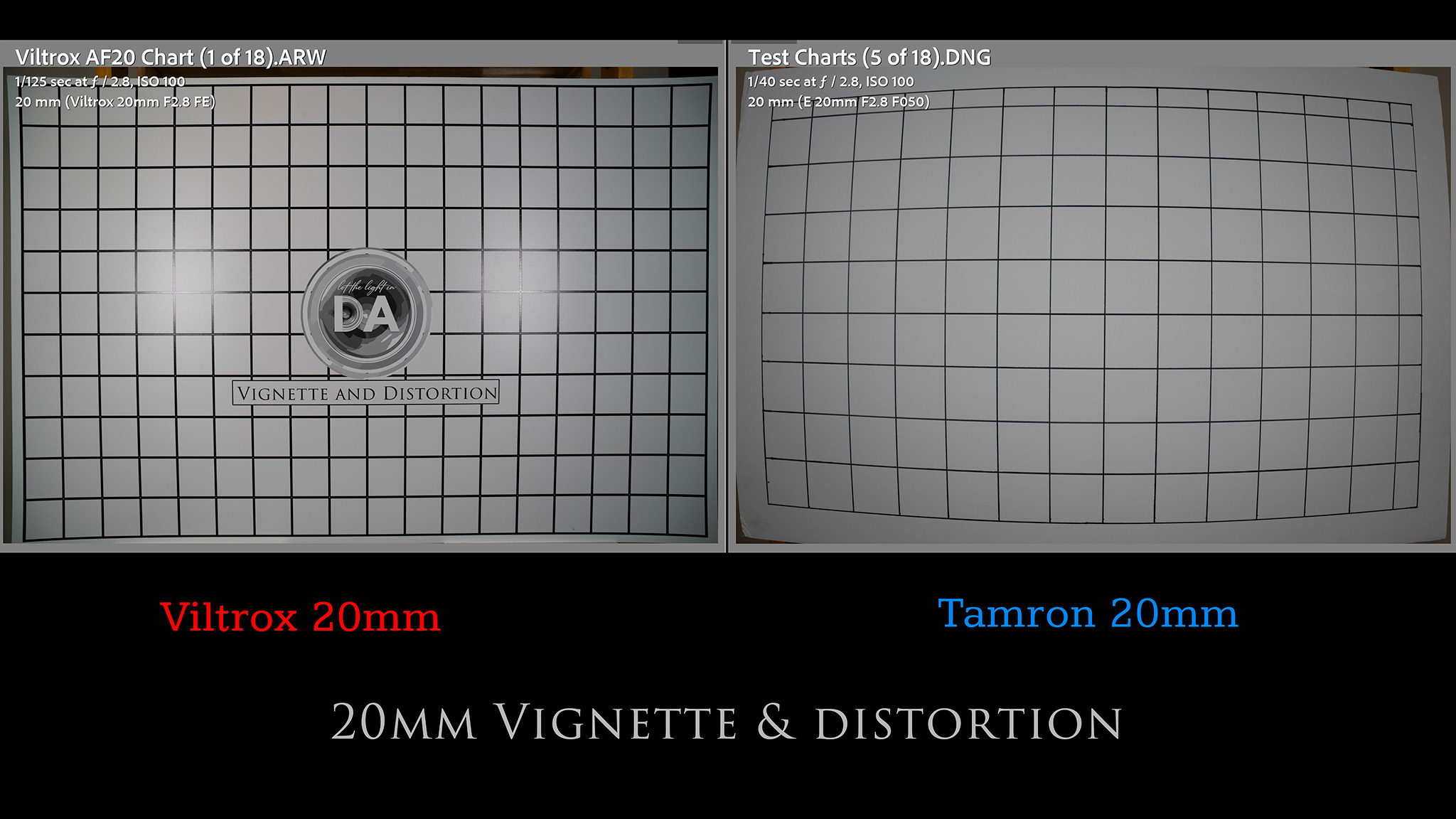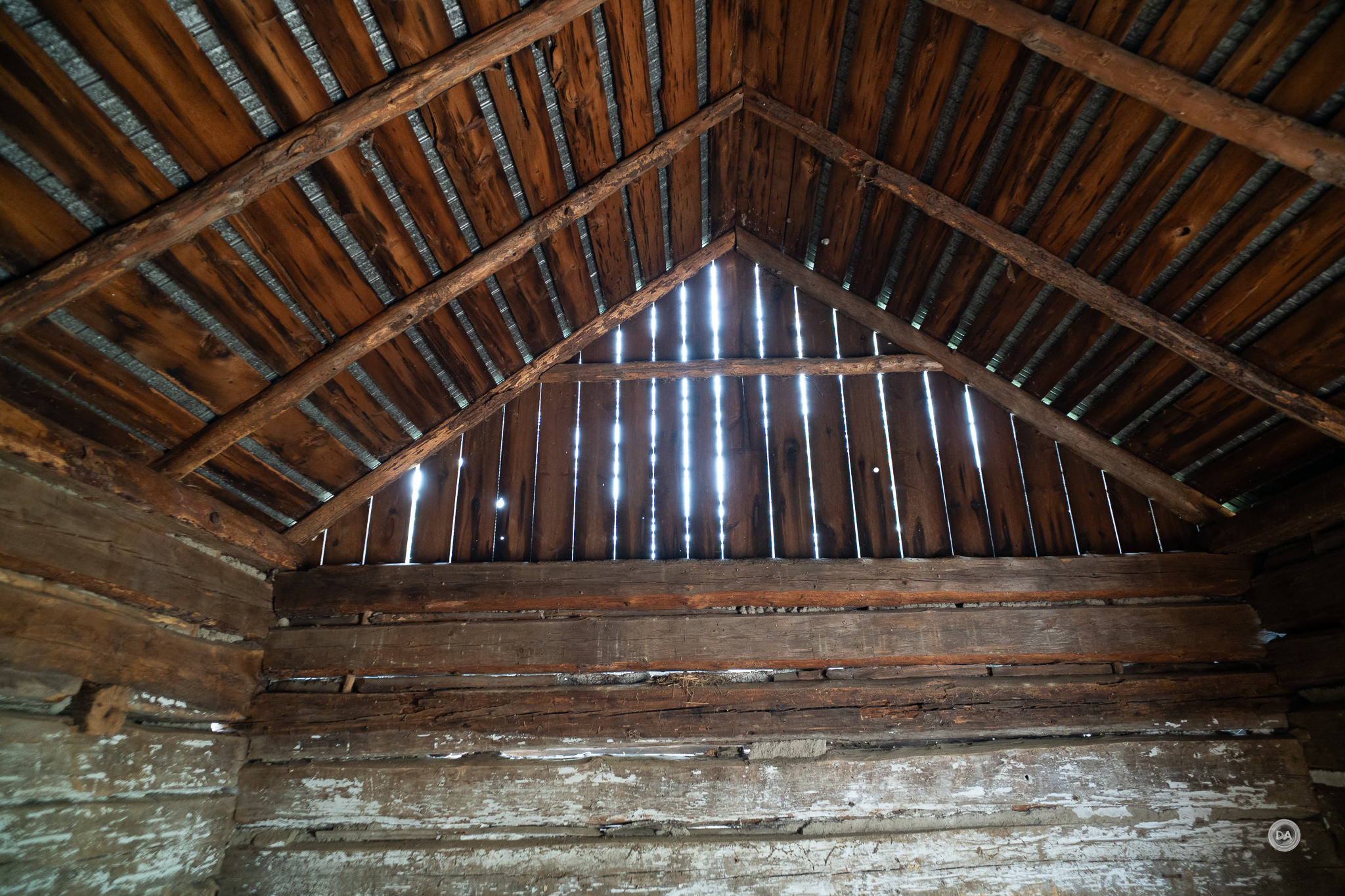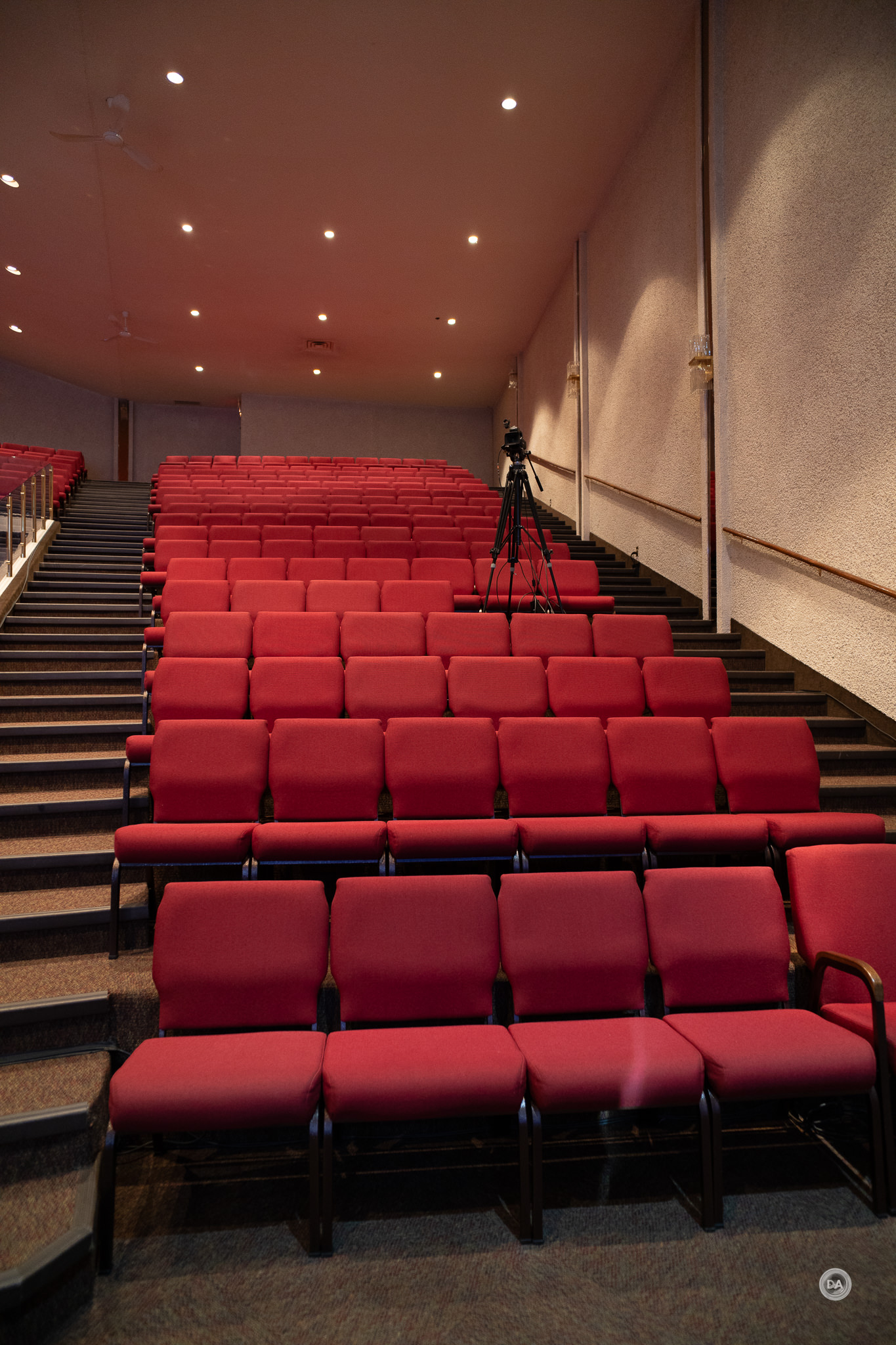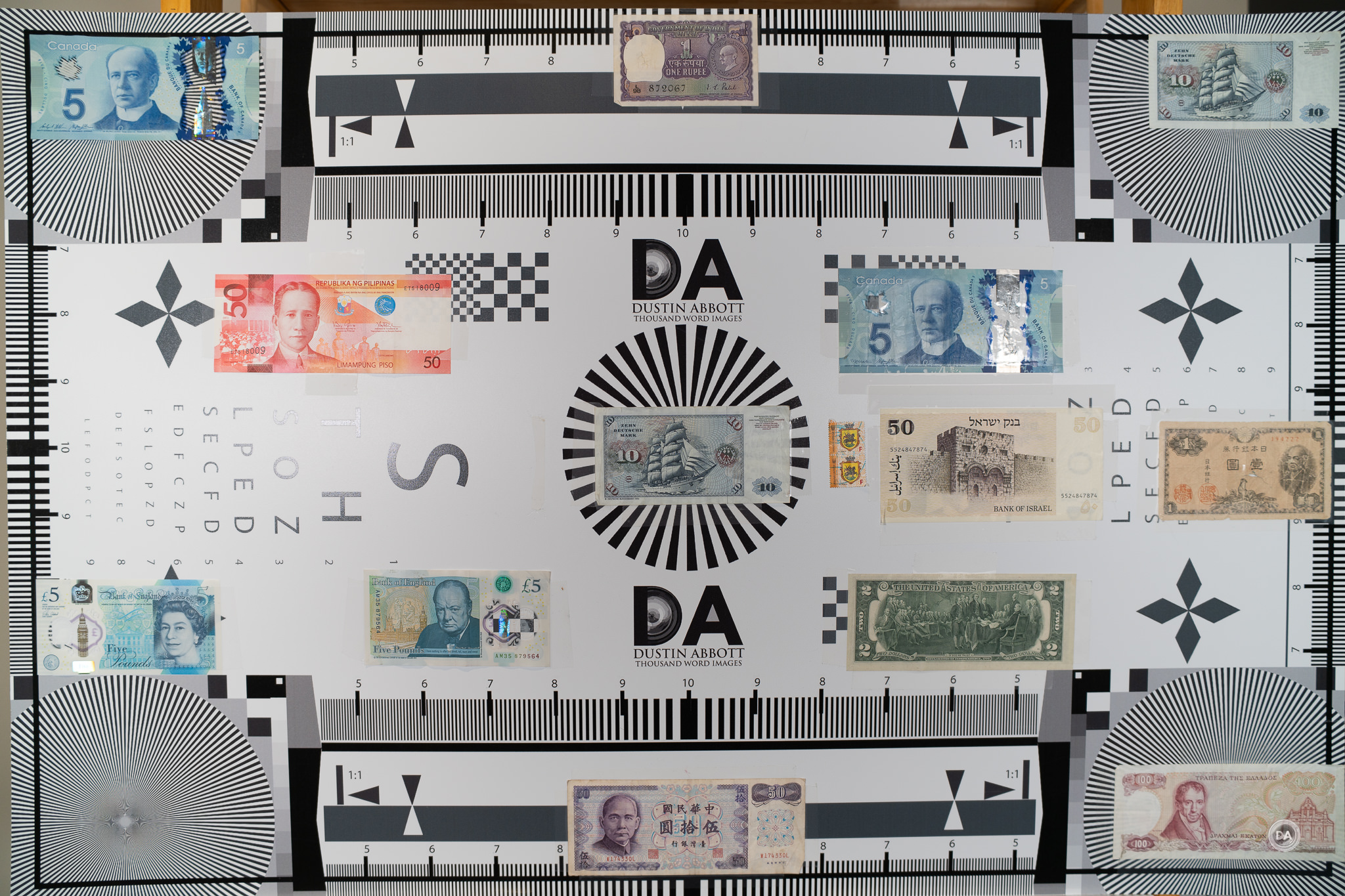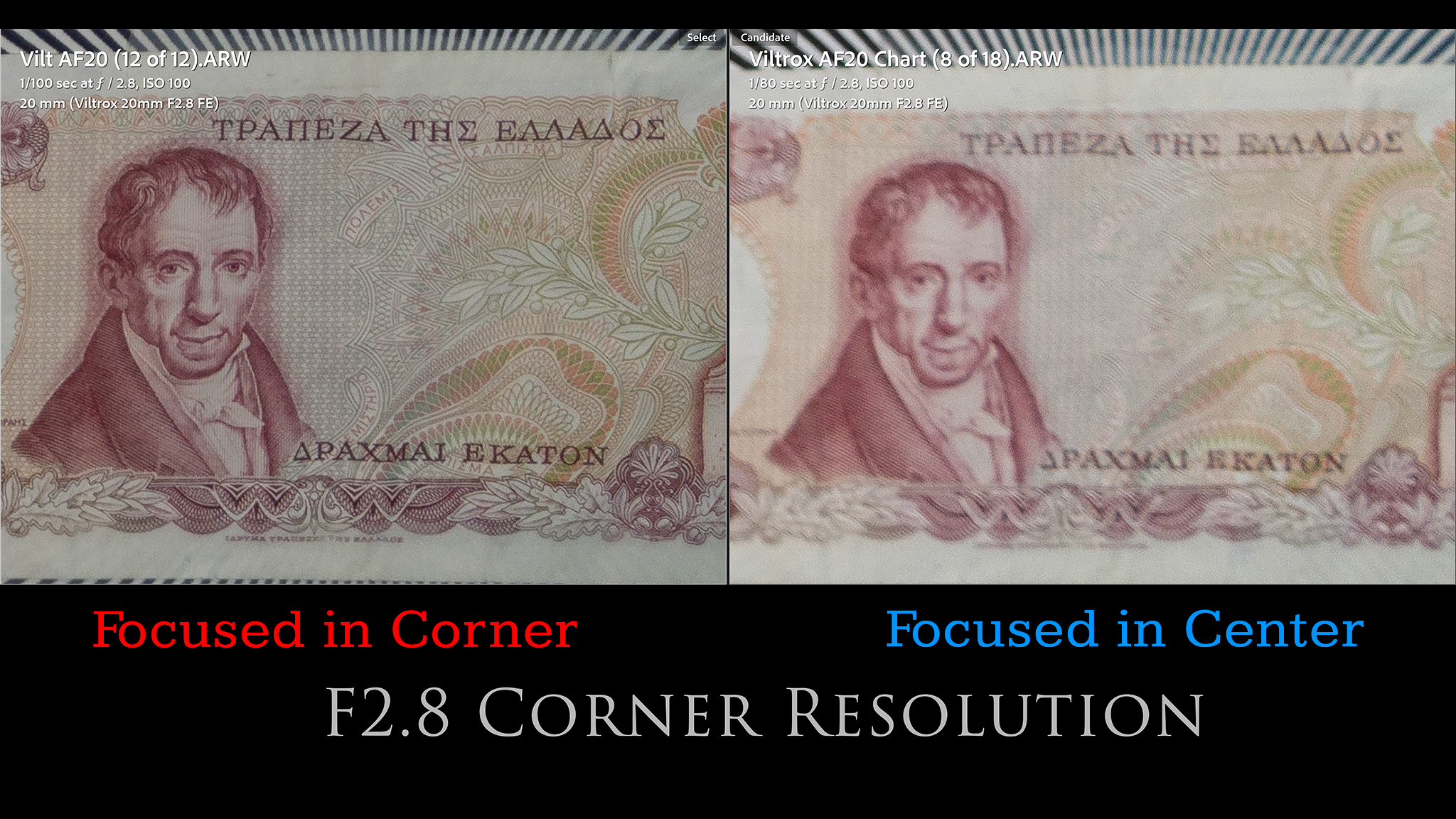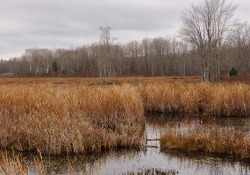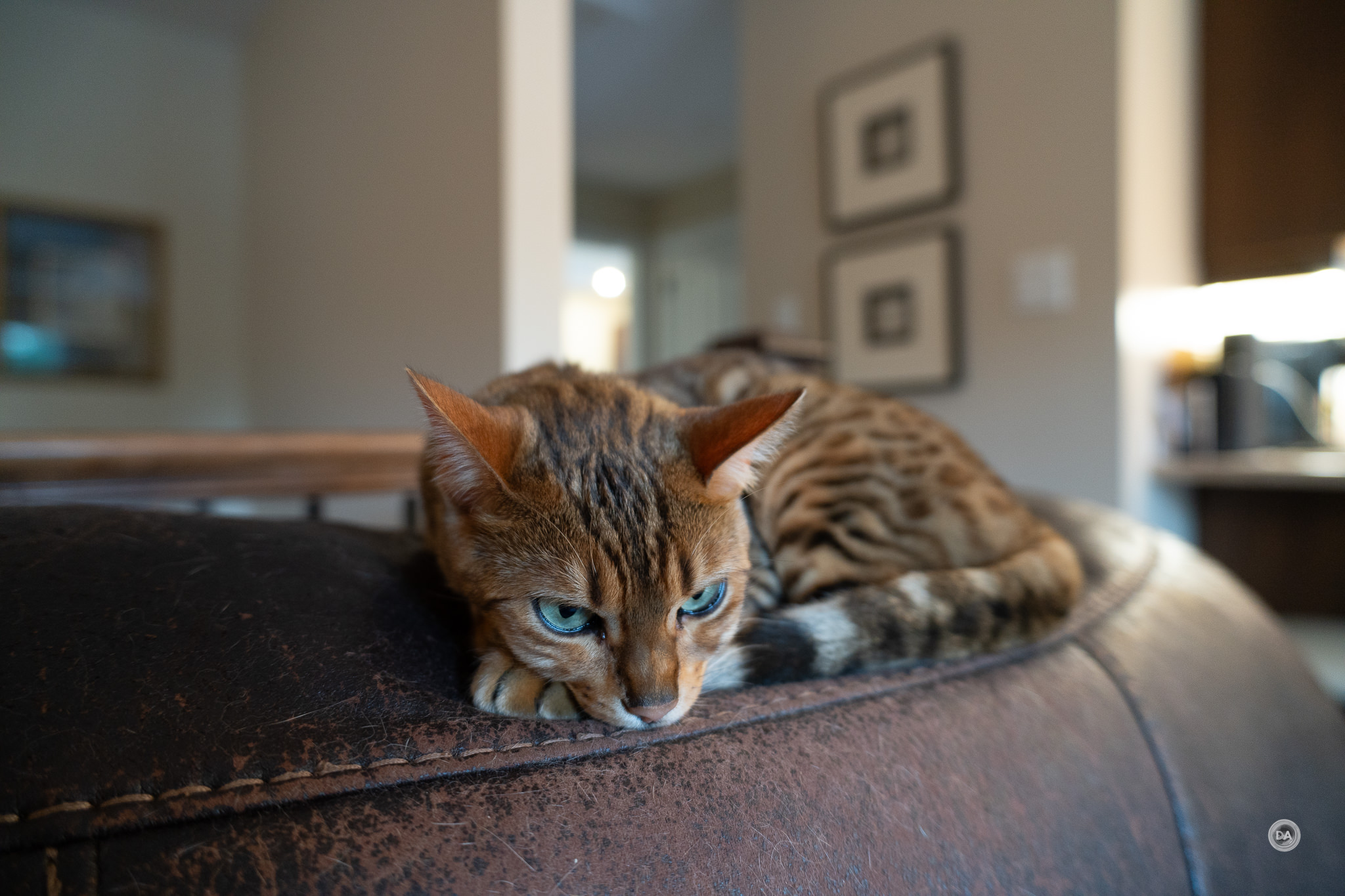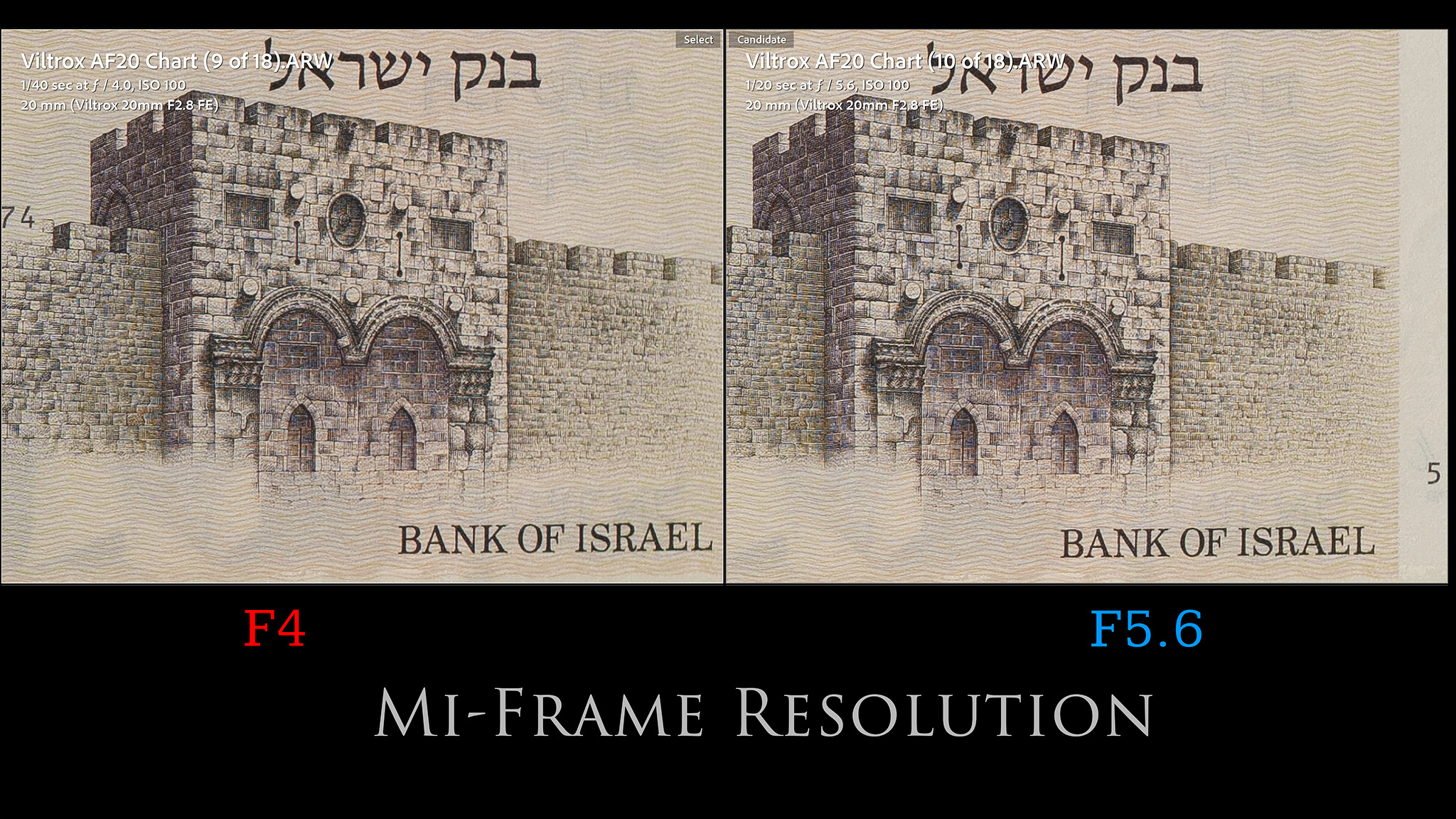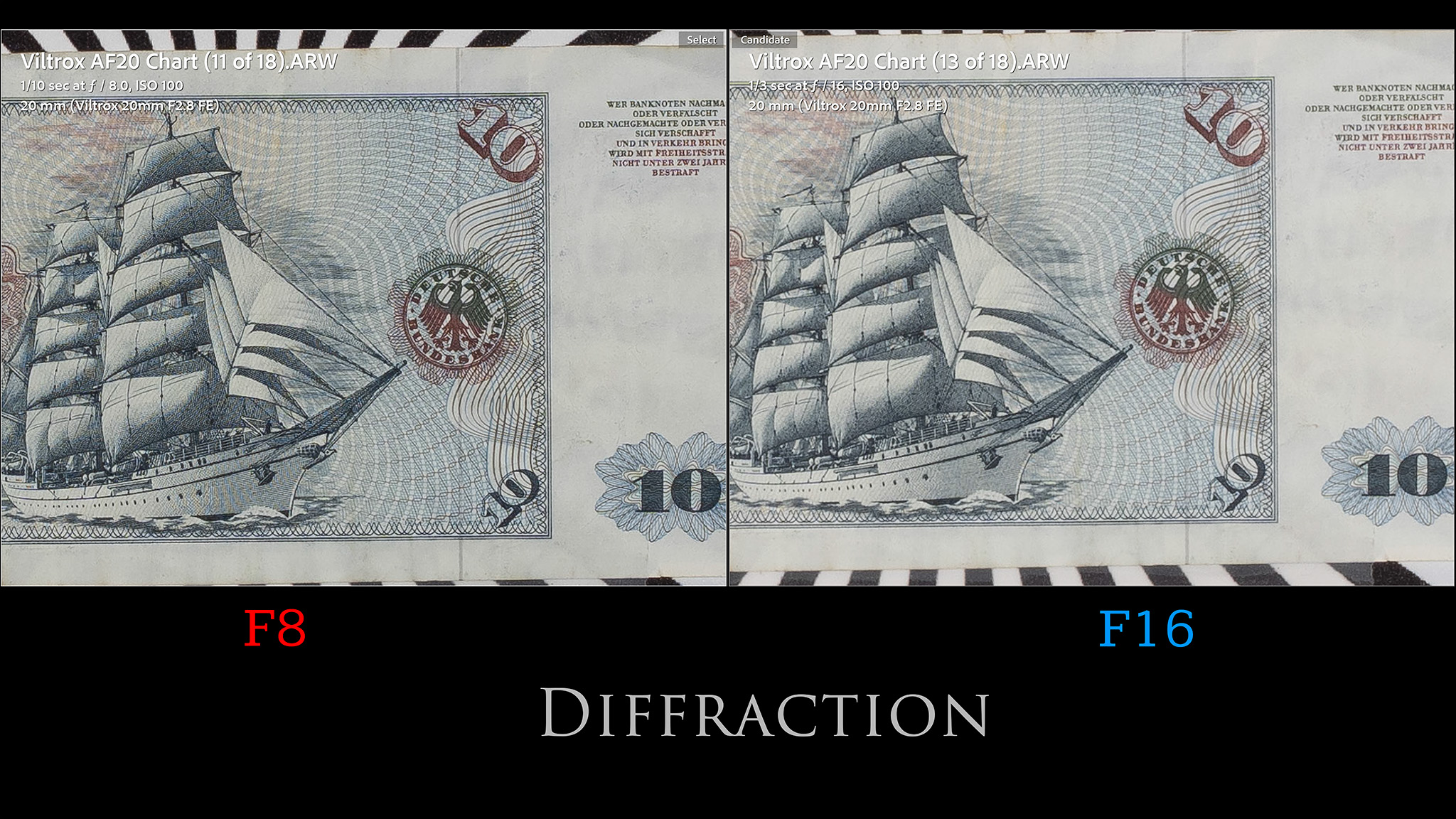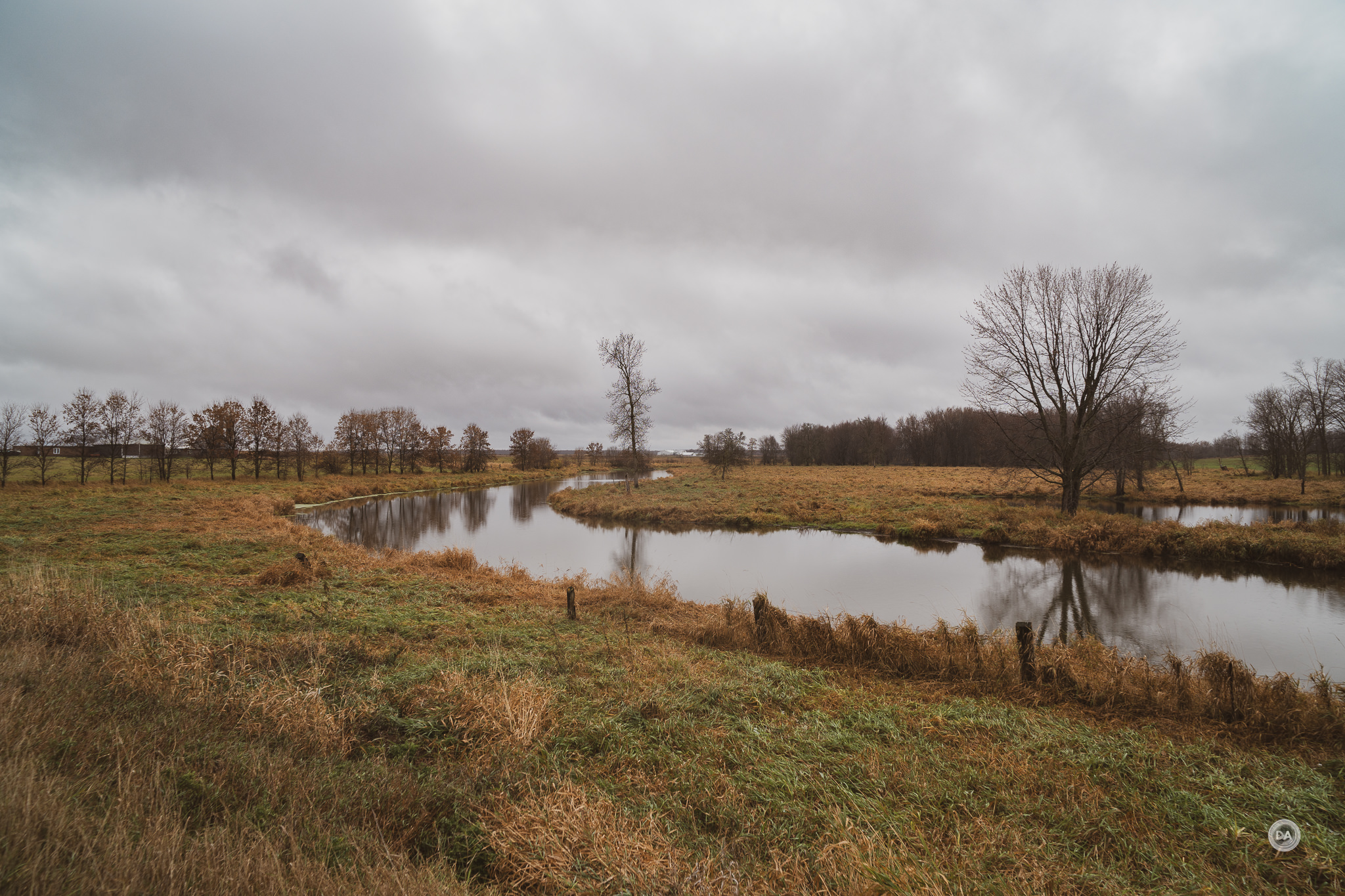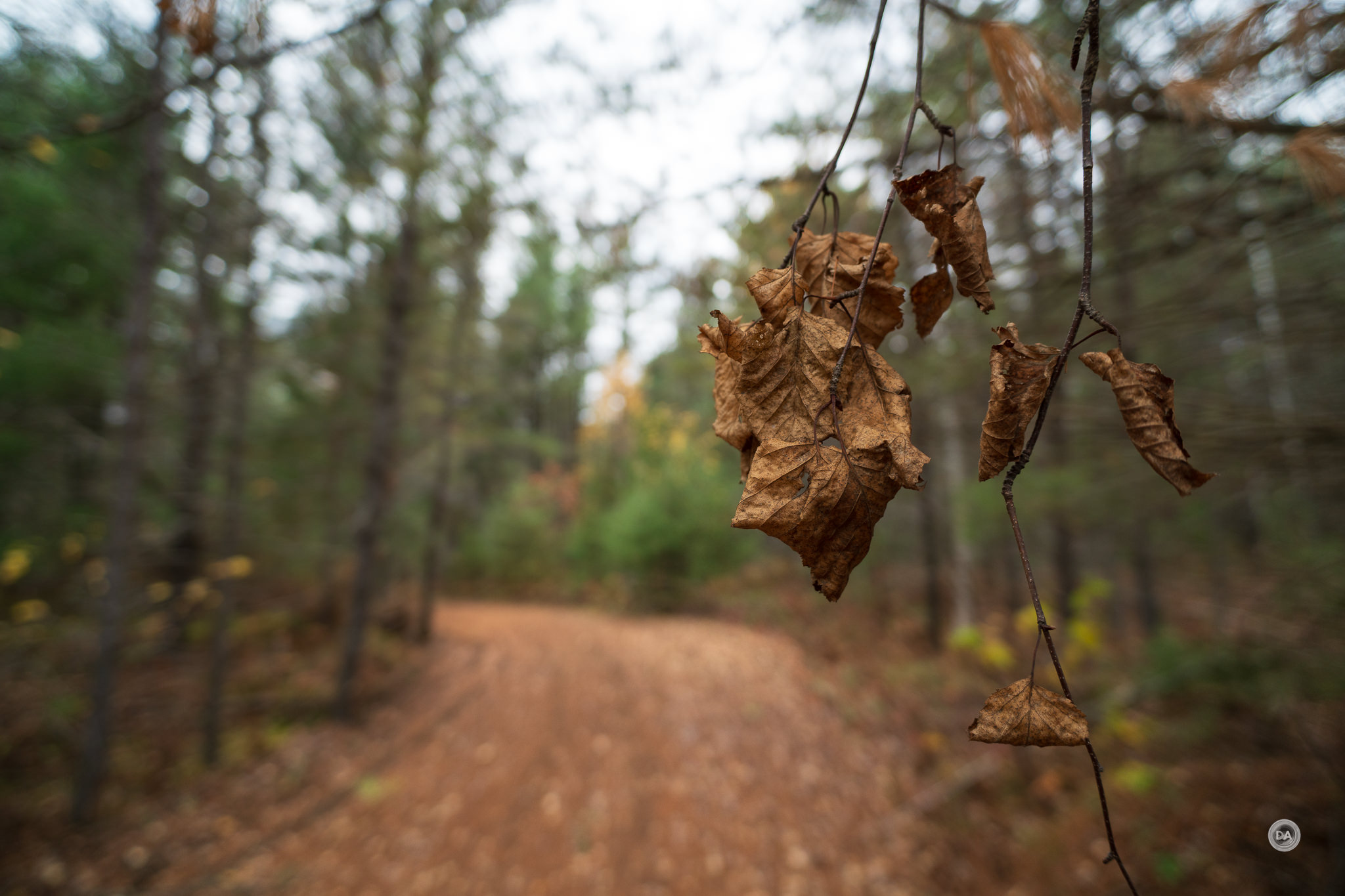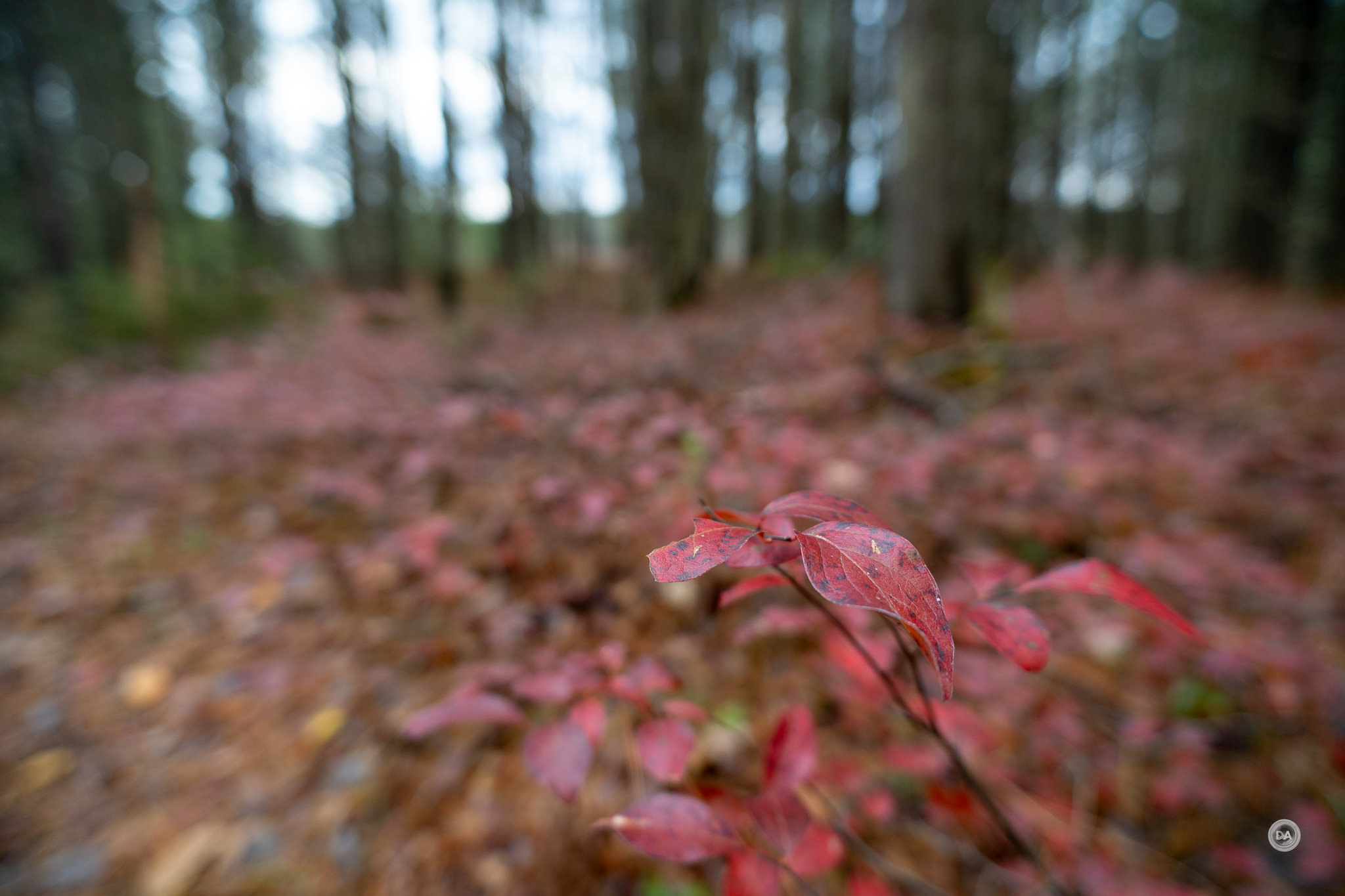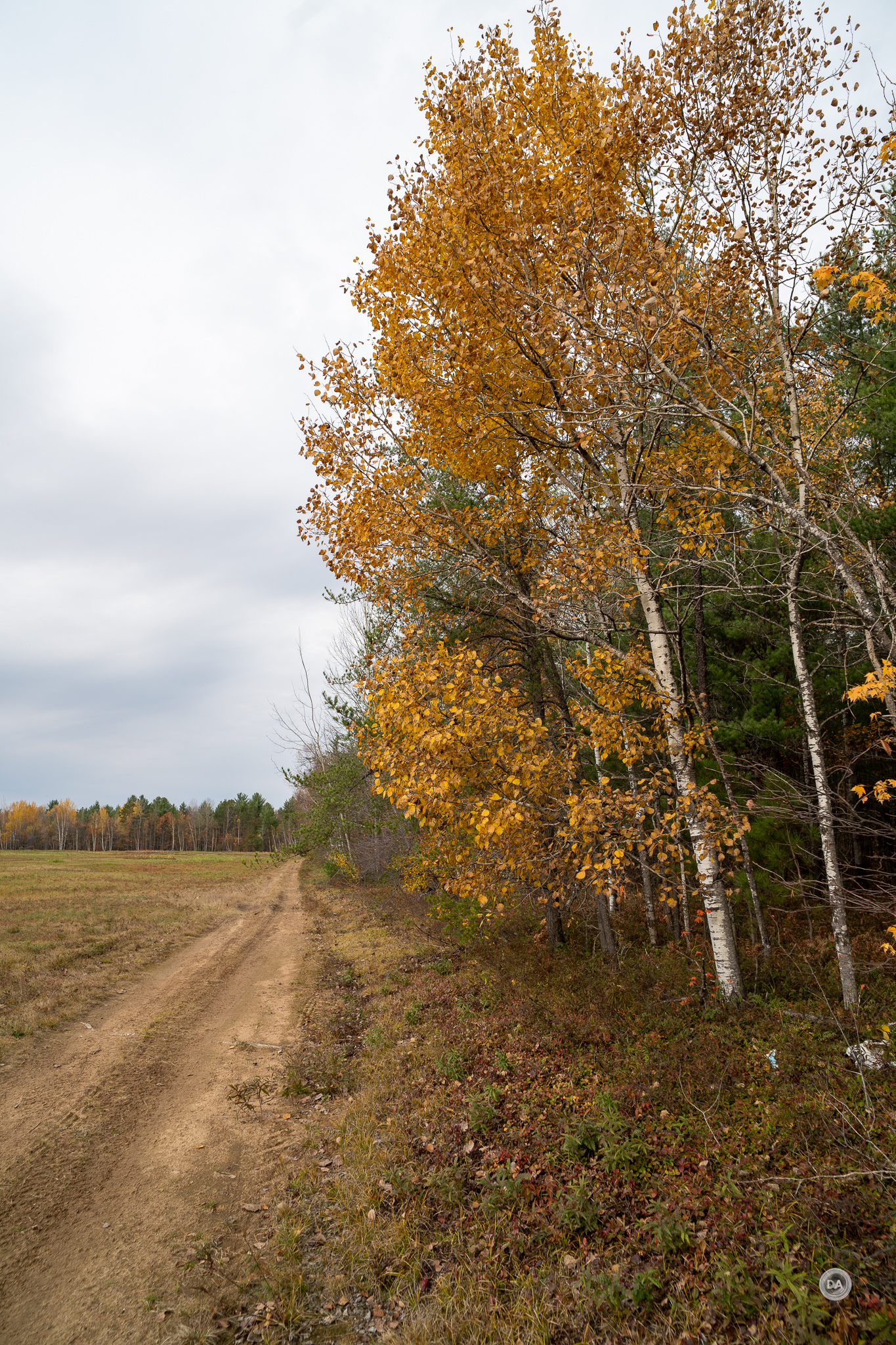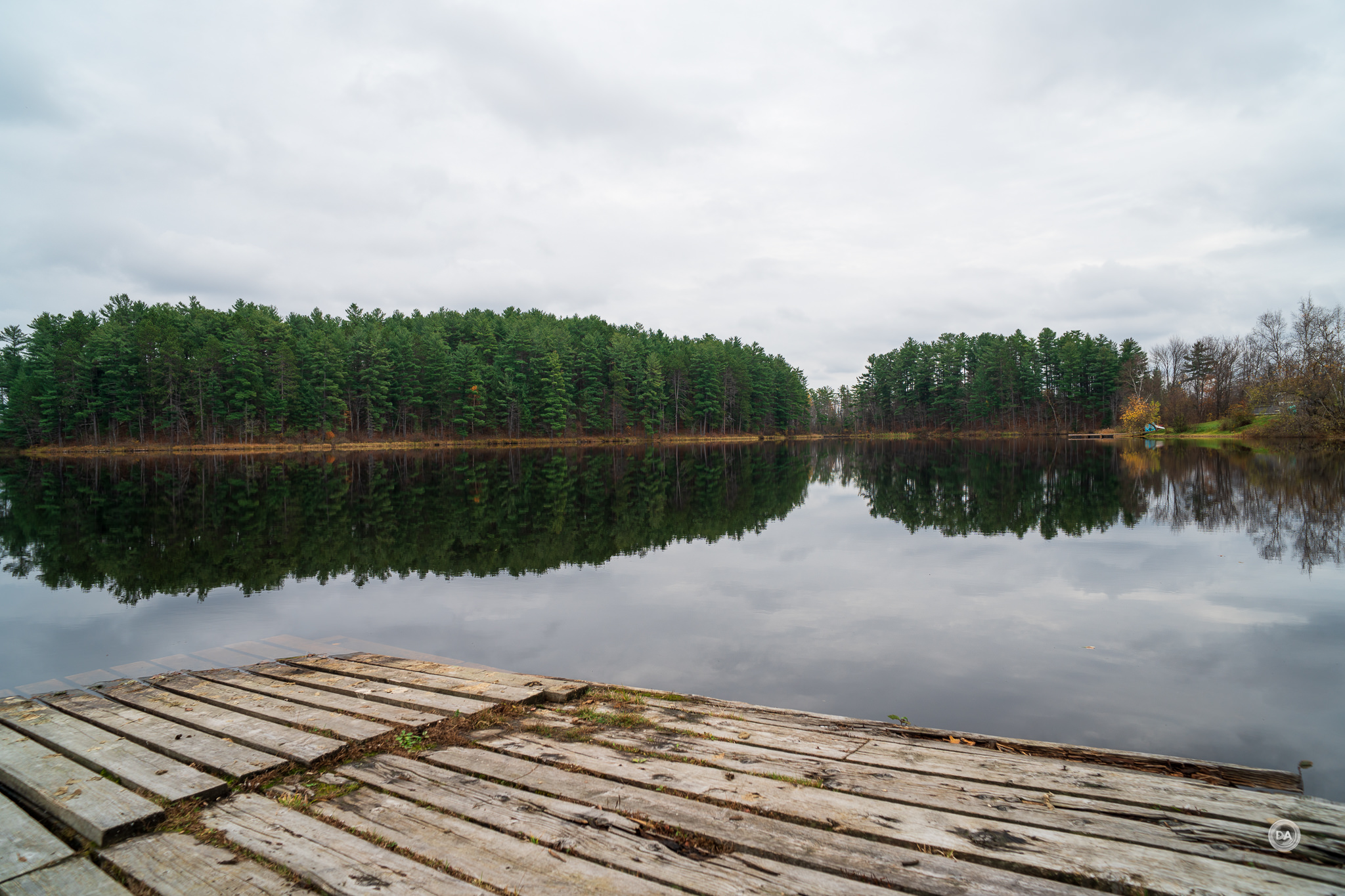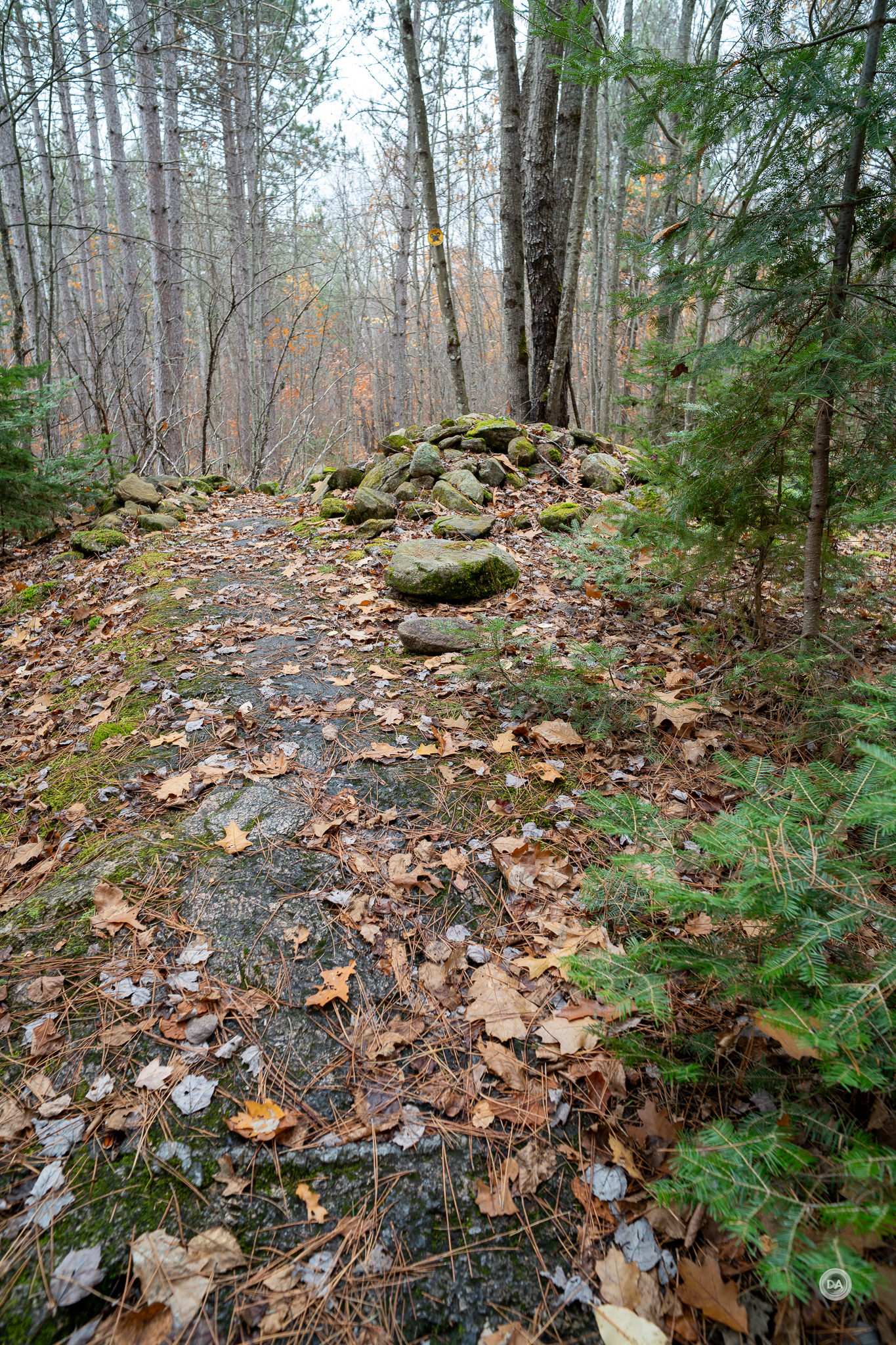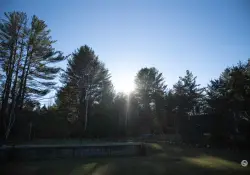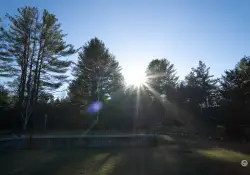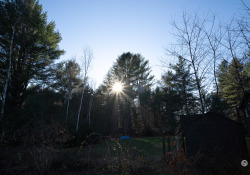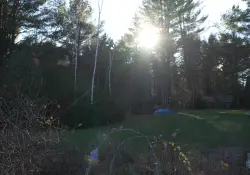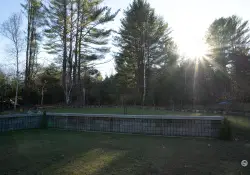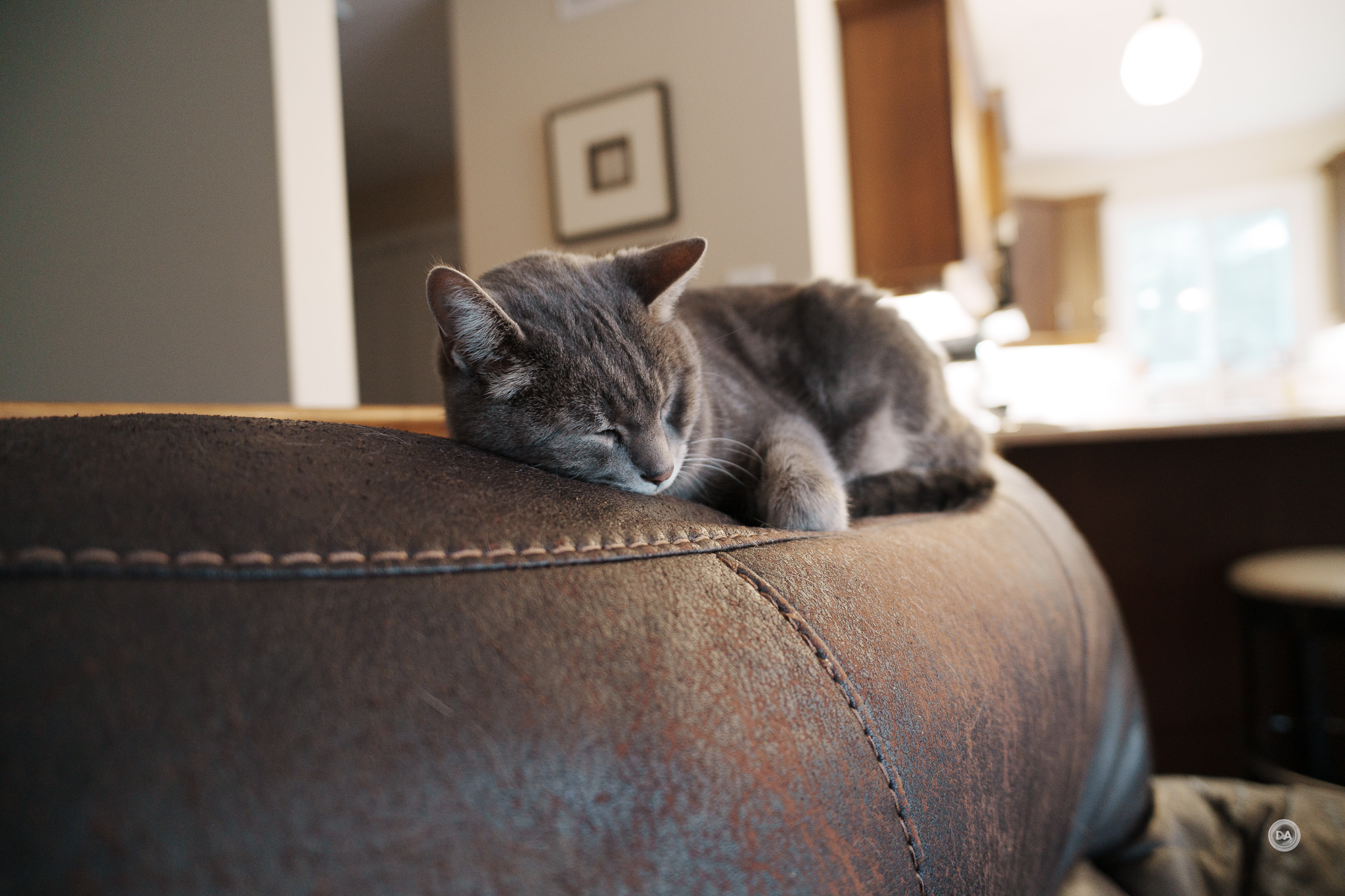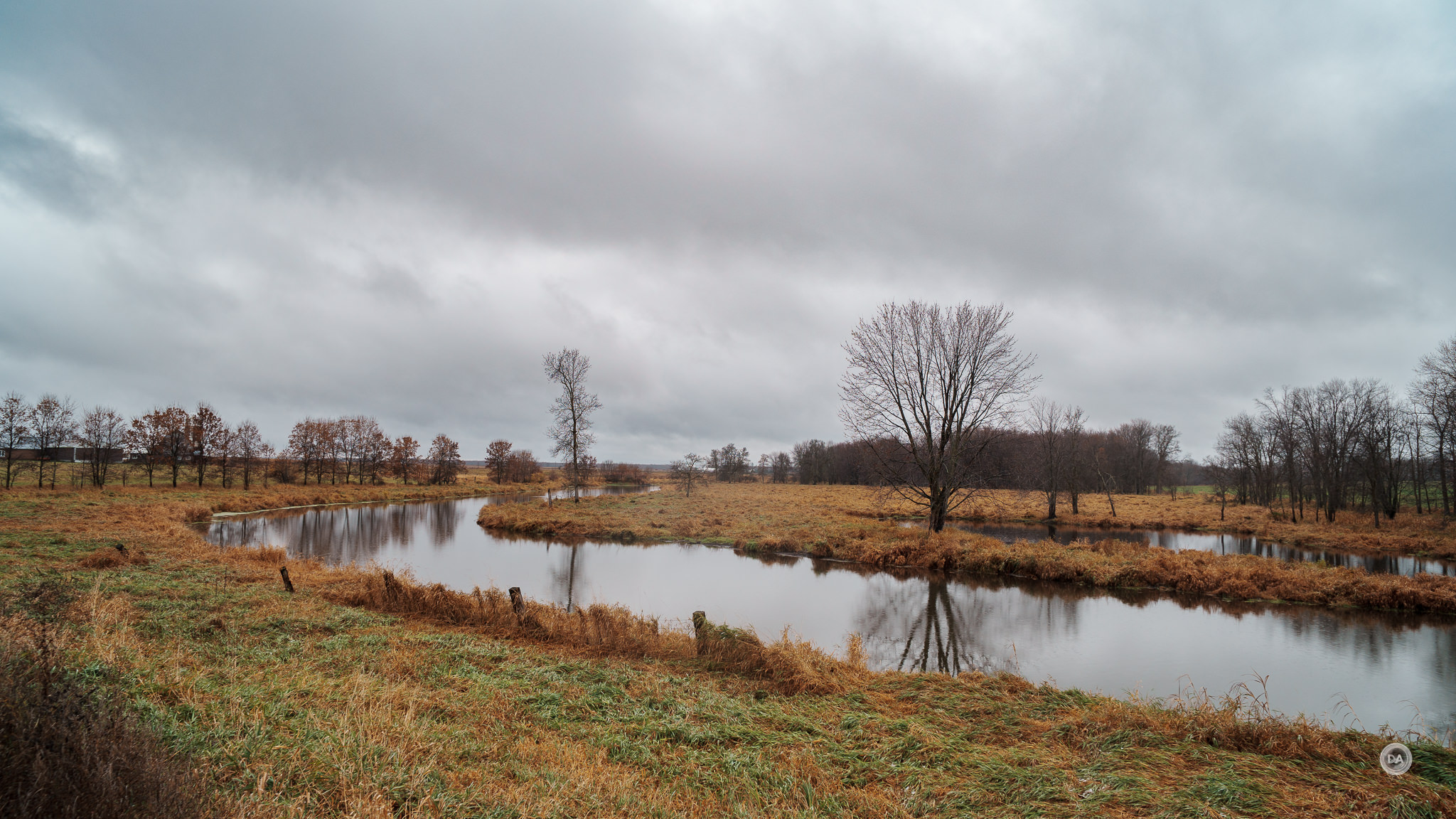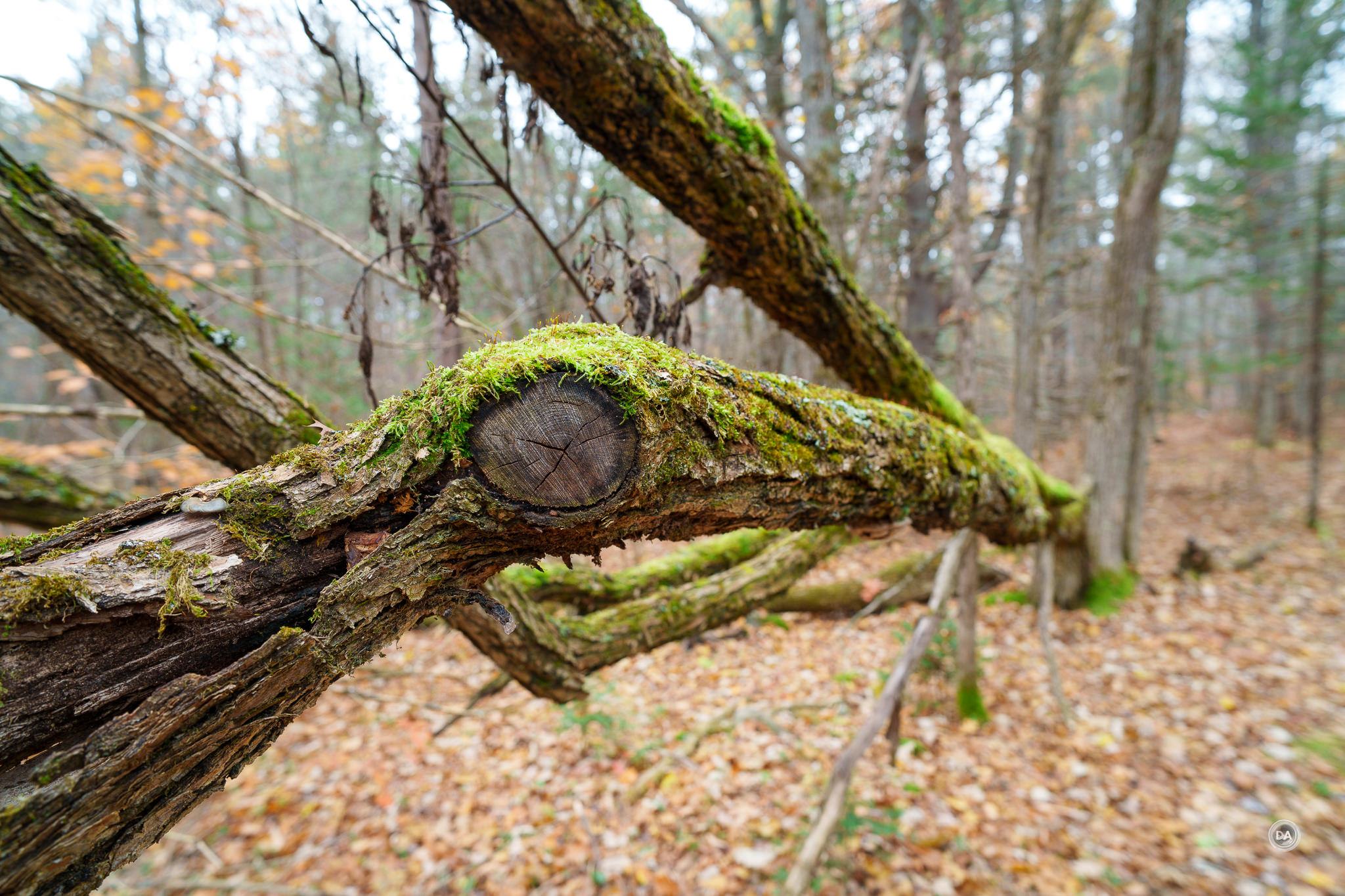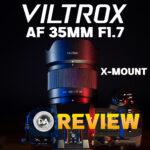Viltrox has continued to hit their stride as a lens maker, and, while most of 2023 has been focused on more upscale lens options like the full frame 16mm F1.8 for Sony FE and the excellent Pro lineup for APS-C (the 27mm F1.2 and 75mm F1.2 lenses), Viltrox has managed to also deliver a very interesting lens for the budget side of the equation. The Viltrox AF 20mm F2.8 STM is a very interesting option for Sony FE, Nikon Z, and Fuji X mounts. It’s a wide angle prime lens with a moderately fast aperture of F2.8, but is also very compact (under 60mm long) and weighs only 157g. It also carries a price tag of just $158 USD, which you can lower another 8% by buying from Viltrox and using the code “DUSTINABBOTT”. That makes it an extremely affordable alternative to lenses like the Tamron 20mm F2.8 or even the Sony FE 20mm F1.8 G. But does the performance of the lens make it a worthwhile alternative? Find out my thoughts by watching the video review below…or just keep reading.
Follow Me @ YouTube | Patreon | Instagram | Facebook | DA Merchandise | Flickr | 500px
Thanks to Viltrox for sending me a review loaner of this lens. As always, this is a completely independent review. *The tests and most of the photos that I share as a part of my review cycle have been done with the Sony a7RV along with the Sony Alpha 1 that serve as my benchmark cameras for Sony lenses along with the Sony a7C2 that I happened to be reviewing at the same time.
__________________________________________________________________________________________________
- Viltrox AF 14mm F4 (full frame)
- Viltrox AF 20mm F2.8 (full frame)
- Viltrox AF 40mm F2.5 (full frame)
- Viltrox AF 50mm F2 (full frame)
- Viltrox AF 9mm F2.8 (APS-C)
- Viltrox AF 15mm F1.7 (APS-C)
- Viltrox AF 25mm F1.7 (APS-C)
- Viltrox AF 35mm F1.7 (APS-C)
- Viltrox AF 56mm F1.7 (APS-C)
_______________________________________________________________________________________________
As noted, the Viltrox AF 20mm will be available in three lens mount initially (my review has been done on Sony’s full frame E-mount), but one of those mounts is APS-C only (Fuji X). Fuji’s 1.5x APS-C crop means that the lens will have an effective focal length of 30mm, and, while that is less interesting than 20mm on full frame, it remains a useful focal length. Both Sony and Nikon also have APS-C cameras that share their respective mounts, so the compact size and low weight of the Viltrox AF 20mm makes it an interesting lens for APS-C there, too.
20mm is in the sweet spot for landscape type photography on full frame, with an angle of view of 91.6°. It allows you to get beautiful, dynamic images that really pop.
It just so happened that I received a loaner of the Sony a7C2 for review at the same time as the Viltrox, and it was a wonderful pairing for that compact camera. Many of the images shown in this review were taken with that lightweight combo. I would call the Viltrox AF 20mm F2.8 one of the best wide angle options currently available if you want to travel light. Why? Let’s dive into the details together and discover the reasons.
Viltrox AF 20mm F2.8 Build and Handling
Many of the recent Viltrox lenses have a metal, more hefty feel to them, but the Viltrox AF 20mm embraces a more conventional, lightweight design in polycarbonates (engineered plastics). The very first Viltrox lens I reviewed was a manual focus 20mm F1.8 lens, and that lens weighed in at a whopping 775g, or 618g heavier than this new lens. The new AF 20mm is a completely different kind of lens, only 65mm in diameter (2.6″) and 59.5mm in length (2.3″). It weighs only 157g (5.5oz). The strength of this lens will be the compact size, as it currently is (I believe) the smallest and lightest full frame 20mm lens on any of these mounts. Here’s a breakdown of the various specifications.
Up front we have a 52mm filter thread, which is a small but relatively common filter size. The front of the lens fascia has a variety of information imprinted on it and has a classic profile. You’ll want to stick to slim filters to avoid adding any additional vignette.
There is a very slim lens hood included that bayonets into place but without as much precision and confidence as I would like. It doesn’t feel like it really “clicks” into place and locks in the right position. A lens pouch is also included. The pouch doesn’t add a lot of protection value, but, like the hood, at least it is included. There are many more expensive lenses that include neither a pouch or a hood.
In a rare departure for Viltrox’s autofocusing lenses, there is no aperture ring. There are no switches, either. The only feature on the lens barrel is a wide manual focus ring. The manual focus ring has a nice amount of damping and moves smoothly. All manual focus aids (including automatic magnification of the focus area) will work with the Viltrox.
The Viltrox AF 20mm employs a lower blade count in the aperture iris with 7 blades. I like a higher blade count on many lenses, but sometimes a lower blade count on a wide angle lens works better to produce cleaner sunstars.
The Viltrox AF 20mm is somewhat stuck in between, however, as the lower blade count keeps the aperture from being completely circular when stopped down, but I also don’t find the 14 pointed sunstars to have incredible definition (points to the rays).
We have an important Viltrox standard in the form a USB-C port on the metal lens mount that allows you to connect the lens to a computer and update the firmware directly. I’ve been reviewing a prelease copy of the lens and Viltrox has actually done several firmware updates already to bring the lens up to release standards.
Viltrox lenses have traditionally had a fairly poor minimum focus distance and maximum magnification standard, but fortunately that is starting to change. The Viltrox AF 20mm has a minimum focus distance of 19cm and a respectable maximum magnification of 0.17x. That’s still behind the Sony 20mm F1.8 (0.20x) and definitely behind the Tamron 20mm F2.8 (0.50x), but it is high enough to be useful.
Before this year I had never seen a Viltrox with a magnification figure higher than 0.10x, so 0.17x sounds like a win. It’s enough to get close to a subject and blur out the background a bit.
While some Viltrox lenses have started to come with weather sealing, this inexpensive 20mm lens does not have it. It does have a HD Nano multilayer coating with water-resistant and antifouling coating on the front element.
The Viltrox AF 20mm F2.8 is a deviation from any of Viltrox’s current series of lenses. They have tended to produce lenses in series with common design elements, but I’m glad to see them diversifying. In 2023 they have produced both more premium lenses than anything they’ve previously made, but also produced this inexpensive, stripped down lens that will serve a different kind of audience. The biggest selling feature is the compact size and light weight. The lens is light but doesn’t feel cheap or flimsy. There are no bells and whistles here, but that’s okay at this price point.
Viltrox AF 20mm F2.8 STM Autofocus
The Viltrox AF 20mm STM utilizes a stepping focus motor (STM) that makes fast, quiet focus changes. Focus felt silent unless I put my ear up next to the barrel, where I could hear some very light whirring during major focus changes. When doing focus speed tests, I could feel inertia shifting in the lens, but there wasn’t anything to hear. I had no problem locking quickly on to subjects near or far.
I did a focus speed tests both indoors and outdoors and was generally impressed with focus speed and the confidence of focus acquisitions. Focus speed was nice and quick; not quite instant, but with no obvious lag between near and distance subjects. Viltrox has impressed me with how quickly they have learned how to do autofocus well. The Viltrox AF 20mm locked on focus quickly and accurately even when I was shooting a narrow subject matter.
I had no problem locking onto eye whether straight on or in profile, and my cameras’ “pose detect” AI seemed to work perfectly. You can see just how well focused the result is here:
The same positives apply to video AF. Autofocus continues to be silent during video focus pulls and pulls are quick and confident. No lag, no settling, and no sound. There is a fairly small amount of focus breathing that shouldn’t prove a problem for video shooters.
I didn’t have any issues with static video shots. There was no pulsing and focus stayed settled on the subject. When filming a trackable subject, focus stayed locked on the subject without any issue.
This will a solid lens for either gimbal work or vlogging. It’s very lightweight, allowing for a wider variety of gimbals to be used. It tracked effortless for a vlogging test I did, staying perfectly locked on my eye as I moved along or spun around. Here’s a screenshot from a vlogging sequence:
There isn’t much to complain about here for autofocus…particularly in such an inexpensive little lens. I don’t review on Nikon, but I suspect autofocus won’t be quite as robust on Fuji…particularly for video, but that’s more about Fuji’s autofocus being a bit less sophisticated. Here on Sony, however, I had a solid autofocus performance all around. As I moved around during video capture the lens stayed solidly locked onto my subject.
Kudos to Viltrox. There may not be many bells and whistles on the feature side of the equation, but this is a lens that functions well in the ways that matter most.
Viltrox AF 20mm F2.8 Image Quality
The Viltrox AF 20mm sports an optical formula with 10 elements in 8 groups. This includes 2 ED lenses, 1 HR element, and 2 aspherical elements. The MTF chart suggests good but not exceptional center sharpness with a steady decline towards the edges wide open and with a nice uptick in sharpness when stopped down.
As with the 28mm F1.8 that I recently reviewed, I felt like real world results were stronger than what the MTF suggests, though with one significant caveat that I’ll detail in just a moment. Real world results looked sharp and detailed across most of the frame with a bit of a dip in the corners.
We’ll work through the chart results by first looking at distortion and vignette. Much like the 28mm F1.8 I just reviewed, there’s not a lot of distortion here, though what does exist is fairly complex. You essentially can’t correct it one direction without creating some distortion in another. For example, if I treat the distortion as pincushion distortion (a -2 correction in Lightroom’s Distortion slider), I can get the outside rectangle as close to straight as possible:
This comes at the cost of creating a bit of bulge in the inner lines, however. Alternatively, I can work at getting the inner lines as straight as possible by correcting for barrel distortion (a +9 correction). This has the negative effect of really exaggerating the distortion in the corners, however.
Bottom line is a correction profile tuned for this distortion is going to work best. Thankfully the quantity of distortion is quite low, and that means that you can mostly get away with leaving it uncorrected.
For context, however, at worst the Viltrox needed a +9 to correct the barrel distortion. The Tamron 20mm F2.8 OSD has an absolutely massive amount of barrel distortion, requiring a +42 to correct.
I definitely saw the distortion from the Tamron in the field, while with the Viltrox I shot scenes with square lines (like the interior of this barn), and the result looks fine without any kind of correction.
That being said, there is a significant amount of vignette. I used a +78 to correct, which points to about 3 stops in the corner. You are probably more likely to see uncorrected vignette than you are distortion in real world images. This image has not received correction for either:
At this point, Viltrox lenses aren’t receiving correction in camera for JPEGs or video. I mostly shoot RAW images, so I don’t think about it much, but those of you who typically rely on in-camera corrections and shoot JPEG are going to be disappointed here. My hope that is Viltrox gets to a place where they get more support and their lenses get in-camera corrections.
The 20mm F2.8 showed relatively low amounts of longitudinal chromatic aberrations. I saw very minimal amounts of fringing here.
That’s not really unusual for a wide angle lens with only a moderately large maximum aperture, but it does happen. Not having an issue with that allows you to shoot in high contrast situations without worrying about fringing.
If you look back earlier to the image of the barn interior, you’ll notice that the extremely high contrast of the light coming through the wooden slats shows very little fringing (even if I zoom into a pixel level). Many lenses I have reviewed would show a lot of fringing in that particular application.
Lateral Chromatic Aberrations usually show up along the edges of the frame as fringing on either side of high contrast areas (like bare branches framed at the edge of images), but that doesn’t seem to be an issue here. You can see a nice, neutral transition from black to white on the corners of my test chart.
So how about resolution and contrast? All chart tests done with a Sony a7RV (61MP) using a tripod and a two second timer. Here’s a look at my test chart:
And here are the crops (at roughly 170% magnification) from the center, mid-frame, and extreme corner at F2.8:
The center looks excellent, with high acuity (a word I use to describe resolving fine details) and strong contrast. The midframe looks very good as well.
But the corners? Terrible.
Whenever I see such a big discrepancy between the midframe the corners in a way that the MTF chart doesn’t suggest, I start to try to diagnose why. I repeated the chart tests with identical results, so it wasn’t user error. I did notice that the corners don’t seem to be properly focused, so I redid the test with the focus in the corner:
Wow! That’s a night and day difference, obviously. But here’s the problem – if we look back to the center of these two images, here is what we find:
If you focus in the corner, the center is unfocused and soft. If you focus in the center, the corner is unfocused and soft.
Fortunately in the real world it isn’t quite so dire. It’s rare to shoot scenes where you need corner to corner focus at F2.8 anyway, and this field curvature issue is exaggerated by shooting at the very close distances for test charting. In a typical landscape image like this (shot on the Sony a7RV at F5.6), the corners are softer than the center, but not the mush we saw in the chart tests. They are acceptably sharp.
When shooting at larger apertures one is typically focusing on a subject, like in this shot of Nala.
Even when composed near the edge of the frame, the image is still sharp because the optics are sharp when the lens is properly focused in that zone.
Bottom line is that I don’t like this aspect of the lens, but it also may not be nearly as much of an issue in real world use. I will note that when I looked carefully at the centering of the lens using the corner focused results I did see good centering. By this I mean that I got equal results in all four corners of the image.
Stopping down to F4 showed an uptick in contrast and (to a lesser extent) resolution. You can see from this comparison in the midframe that contrast has significantly improved.
There’s a little bit more on tap if we stop on down to F5.6:
By F8 depth of field has increased enough that now the corners are starting to look pretty good even in the center focused tests.
After F8, diffraction will start to soften the image, though the effect isn’t as pronounced as on some lenses. The image is still pretty usable at the smallest aperture of F16, though I would say that sharpness and contrast peak at F8.
This inexpensive lens makes for a nice landscape lens. It’s a great focal length, and the light weight makes it a breeze to bring along as a compliment to something longer.
While wide angle lenses are rarely top options for getting strongly defocused backgrounds, but the reasonable close focus ability of the Viltrox AF 20mm does allow you to blur out the background somewhat.
There is a little more outlining of the bokeh than what I would like as it makes the background less creamy, but on the whole it isn’t bad. Here’s another where the bokeh looks pretty nice:
In this shot where a lot of the out of focus area is in the transition zone where it is not strongly defocused I find the quality of the bokeh to be a little jittery.
Color is subjective to some degree, but I didn’t notice anything unusual or off about the color rendering. It seemed reasonably neutral to me – neither garish or flat.
It’s currently late autumn in Ontario, Canada, where I live, which unfortunately lens itself to less color after the leaves have fallen. There are a lot of flat, grey days. It takes a little more work, but you can still find some interesting images.
Overall I found that colors seemed accurate and I was generally happy with the images that I got during my review period.
Flare resistance was fairly good but not exceptionally good. At all tested apertures contrast stayed good, but there is a flare/ghosting pattern that is faint at F2.8 but becomes more defined when the lens is stopped down. These various images show the little blobs of flare related color ghosting with different compositions. This is an area where the much more expensive Sony 20mm F1.8 G had a clear advantage.
It’s easy to produce good looking, detailed images with this lens, however, and that’s pretty impressive in such an inexpensive wide angle lens.
I personally find the combination of light weight, low price, and this optical performance to be a pretty compelling package. This lens feels as compelling as many lenses that I’ve reviewed costing 2-3 times as much. You can see more beautiful images by visiting the image gallery here.
Conclusion
The Viltrox AF 20mm F2.8 STM is a surprisingly interesting lens. It might get a little overlooked among the higher profile lenses from Viltrox this year, but the truth of the matter is that it actually fills a need. There are few lightweight, inexpensive lenses this wide. There’s the aforementioned Tamron 20mm F2.8 OSD, and, while that lens has some great strengths (high magnification, good price, good sharpness), it also has two serious flaws in the form of a less sophisticated focus motor and severe distortion. It also costs about $100 more than the Viltrox. The Viltrox compares even better to the Samyang AF 18mm F2.8, as while the Samyang offers a more compelling focus length, the Viltrox has a nicer build, better autofocus, and is sharper overall. The Samyang retails for $329 USD at the moment (both the Tamron and Samyang prices are sale prices), which makes the $150 price point of the Viltrox seem very compelling.
This is a great focal length for a lot of different applications, and I found it an easy lens to throw into the bag and bring along for a wider perspective.
I know that Viltrox has plans for even higher end lenses than their Pro series (rumored to be called their LAB series), and I’m very excited for those lenses. But I’m also excited about this lens, as there are plenty of potential customers who don’t have deep pockets but can benefit from a good performing, inexpensive prime lens. I also really liked the Viltrox AF 20mm F2.8 STM as a nice compliment to a compact camera like the Sony a7C2 that I used extensively in this review. It’s great to be able to travel light. I can’t think of a better wide angle option for $150 on any system.
Pros:
- Lightweight, compact design
- Well executed, smooth manual focus ring
- USB-C port for firmware updates
- Quick and quiet autofocus
- Good focus accuracy
- Good center and midframe sharpness wide open
- Excellent sharpness across most of the the frame when stopped down
- Fairly low distortion
- Good color rendering
- Fantastic price to performance ratio
Cons:
- Field curvature makes it tough to get both center and corners sharp
- Strong vignette
- Distortion pattern a little complex
- No weather sealing or features
__________________________________________________________________________________________________
GEAR USED:
Purchase the Viltrox AF 20mm F2.8 @ Viltrox (use code DUSTINABBOTT for 8% off)| B&H Photo | Adorama | Amazon | Amazon Canada | Amazon UK | Amazon Germany | Pergear
Purchase the Sony a7C2 @ B&H Photo | Adorama https://howl.me/ckVZJJ2wnNV | Amazon | Camera Canada | Sony Canada | Amazon Canada | Amazon UK | Amazon Germany
Purchase the Sony a7IV @ B&H Photo | Adorama | Amazon | Camera Canada | Sony Canada | Amazon Canada | Amazon UK | Amazon Germany
Want to support this channel? Use these affiliate links to shop at: B&H Photo | Amazon | Adorama | Camera Canada | Amazon Canada | Amazon UK | Ebay | Make a donation via Paypal
Buy DA Merchandise https://bit.ly/TWIMerch

Keywords: Viltrox, Viltrox AF, Viltrox 20mm, Viltrox 20mm F2.8, 20mm, F2.8, STM, AF, Sony a7C2, Sony a7CII, ILCE-A7CM2, a7C2 Review, a7CII Review, Full Frame, Review, Review, Hands On, Dustin Abbott, Real World, Comparison, Sharpness, Bokeh, Flare Resistance, Autofocus, Image Quality, Sample Images, Video, Portrait, #viltrox, #letthelightin, #DA


